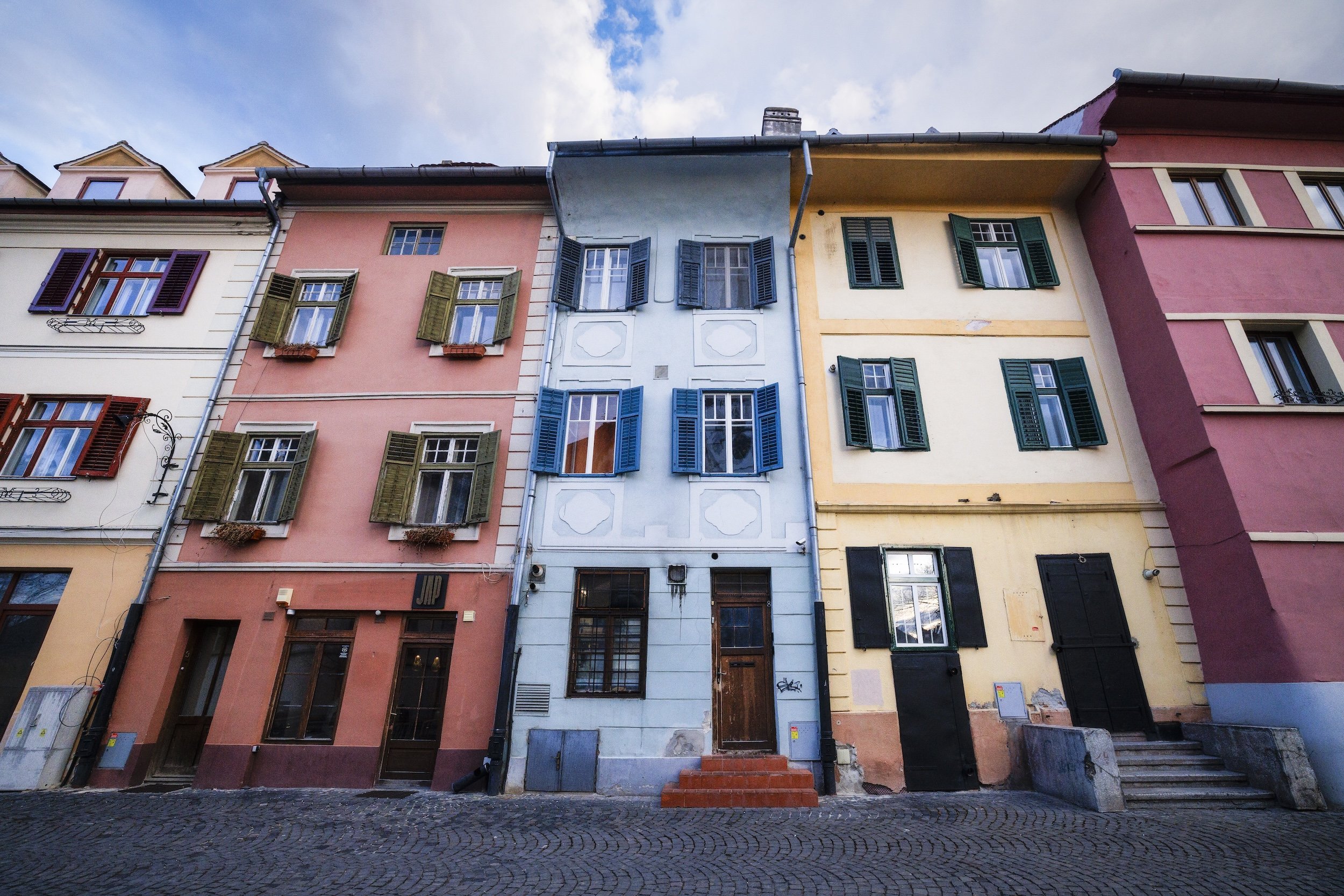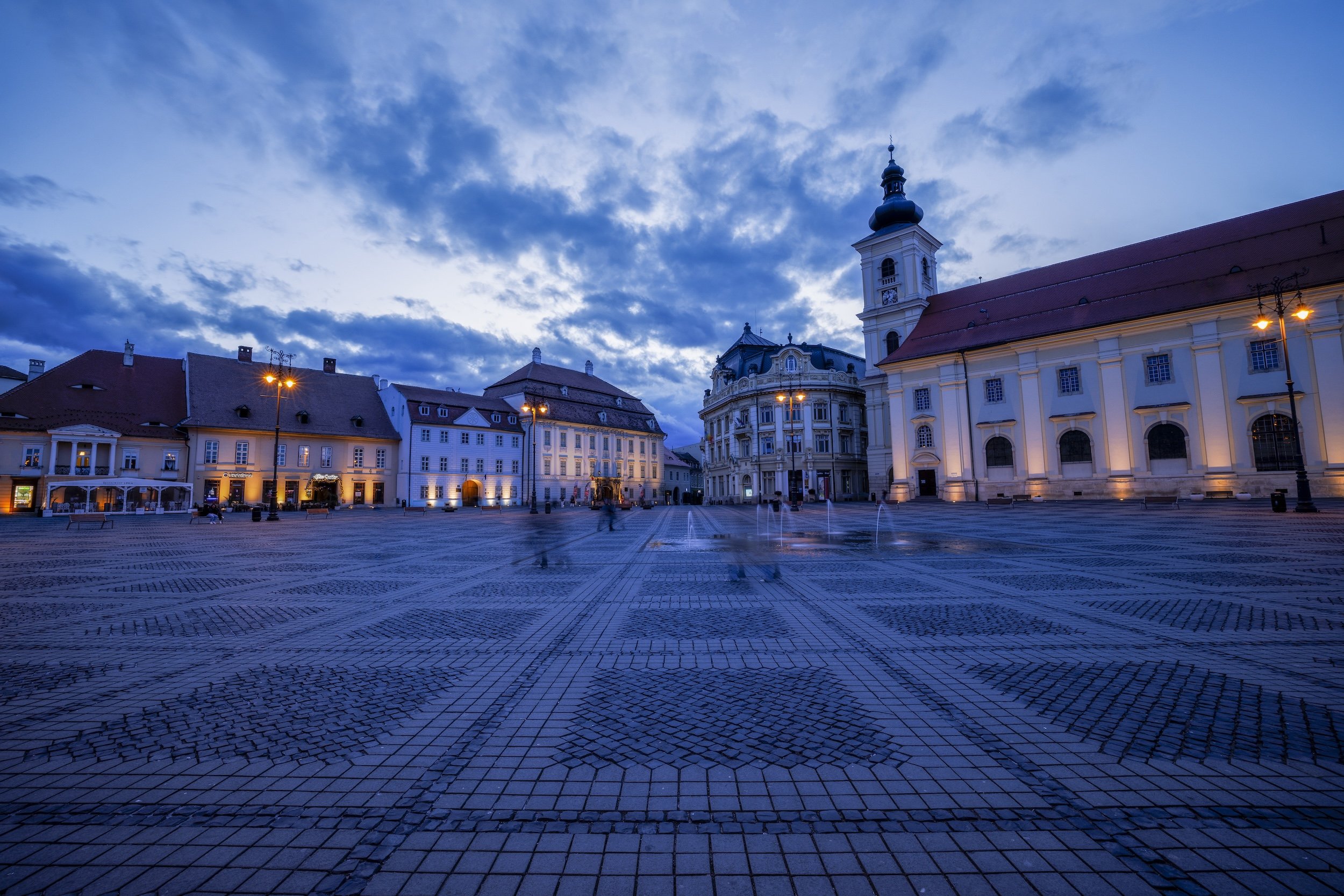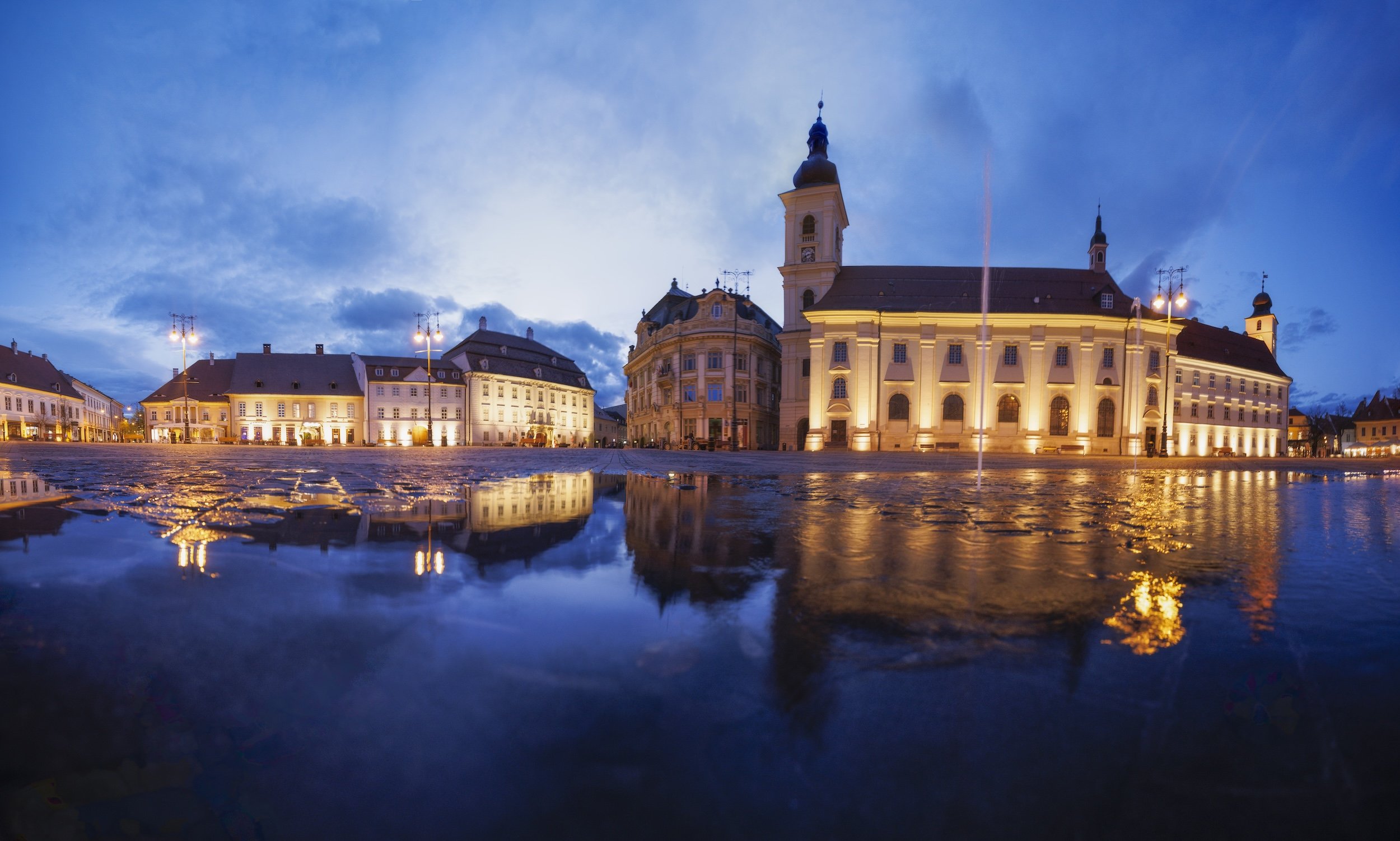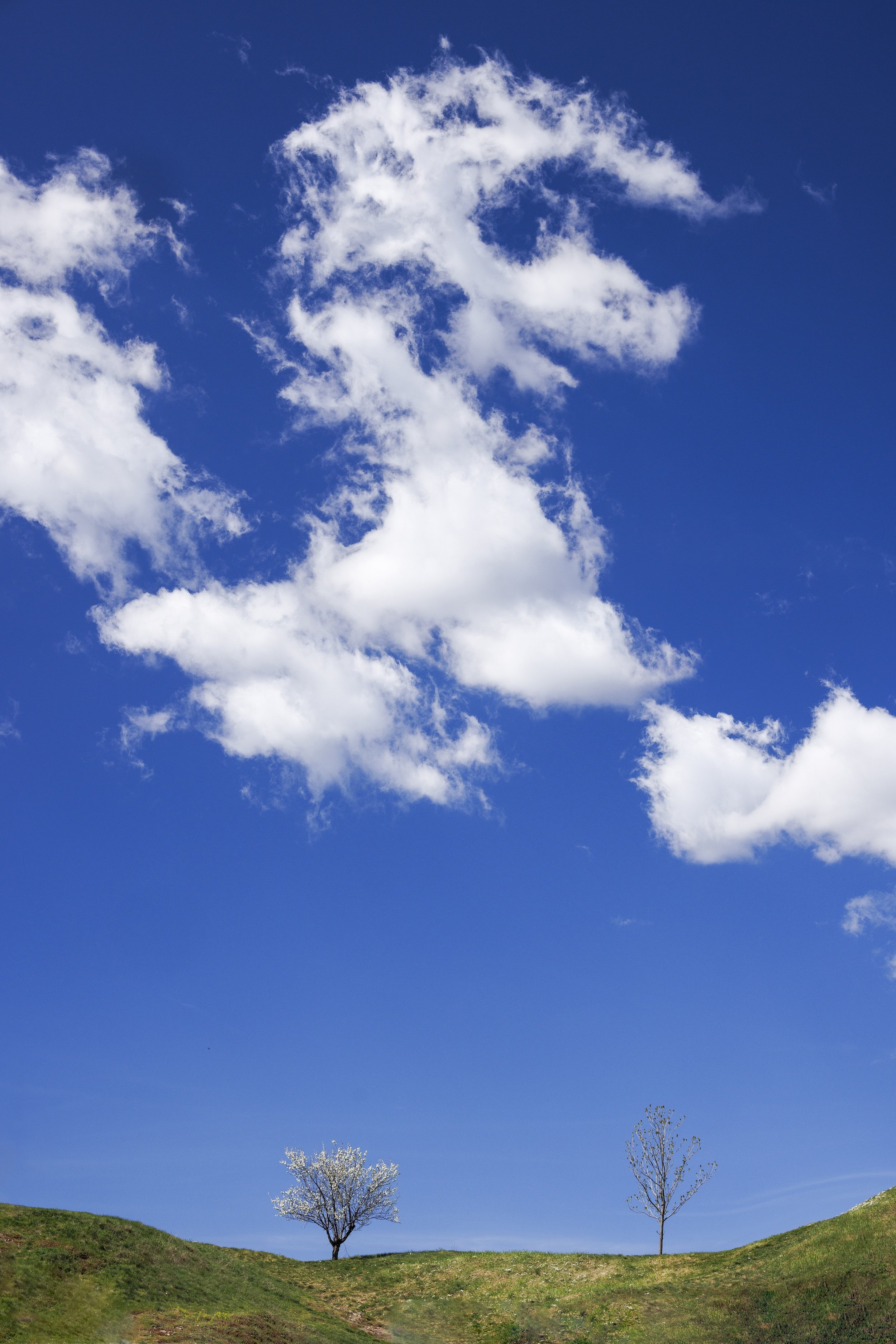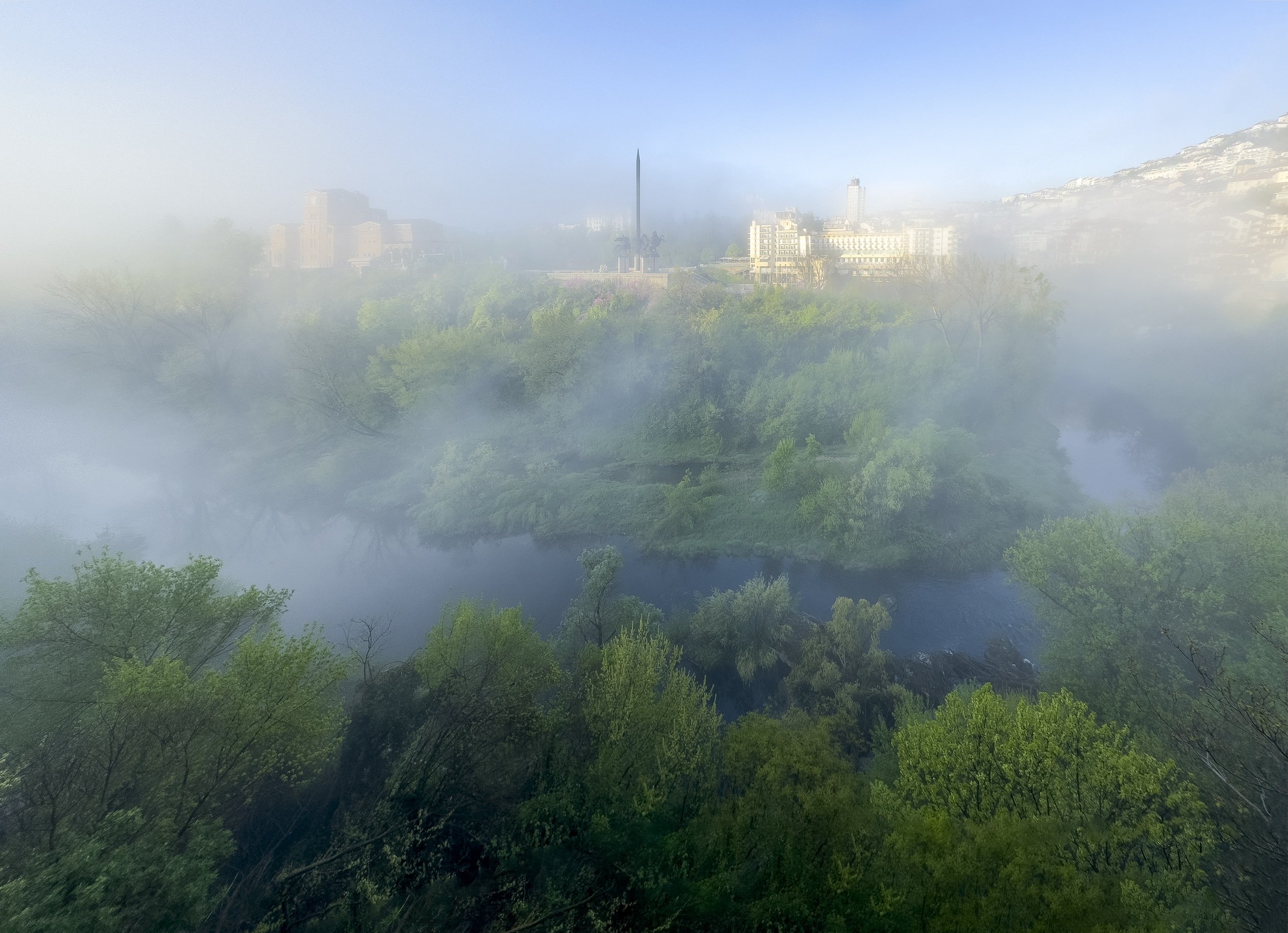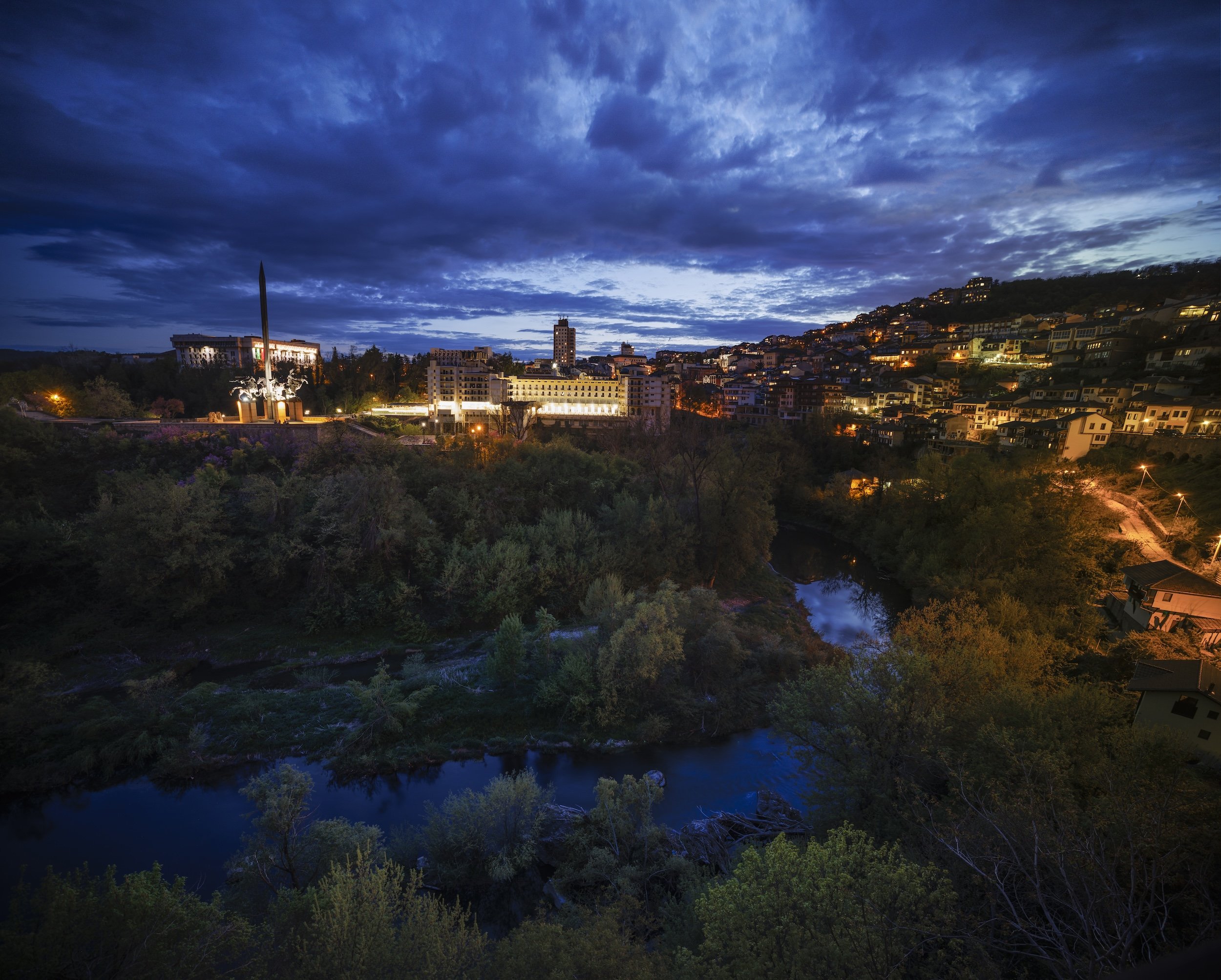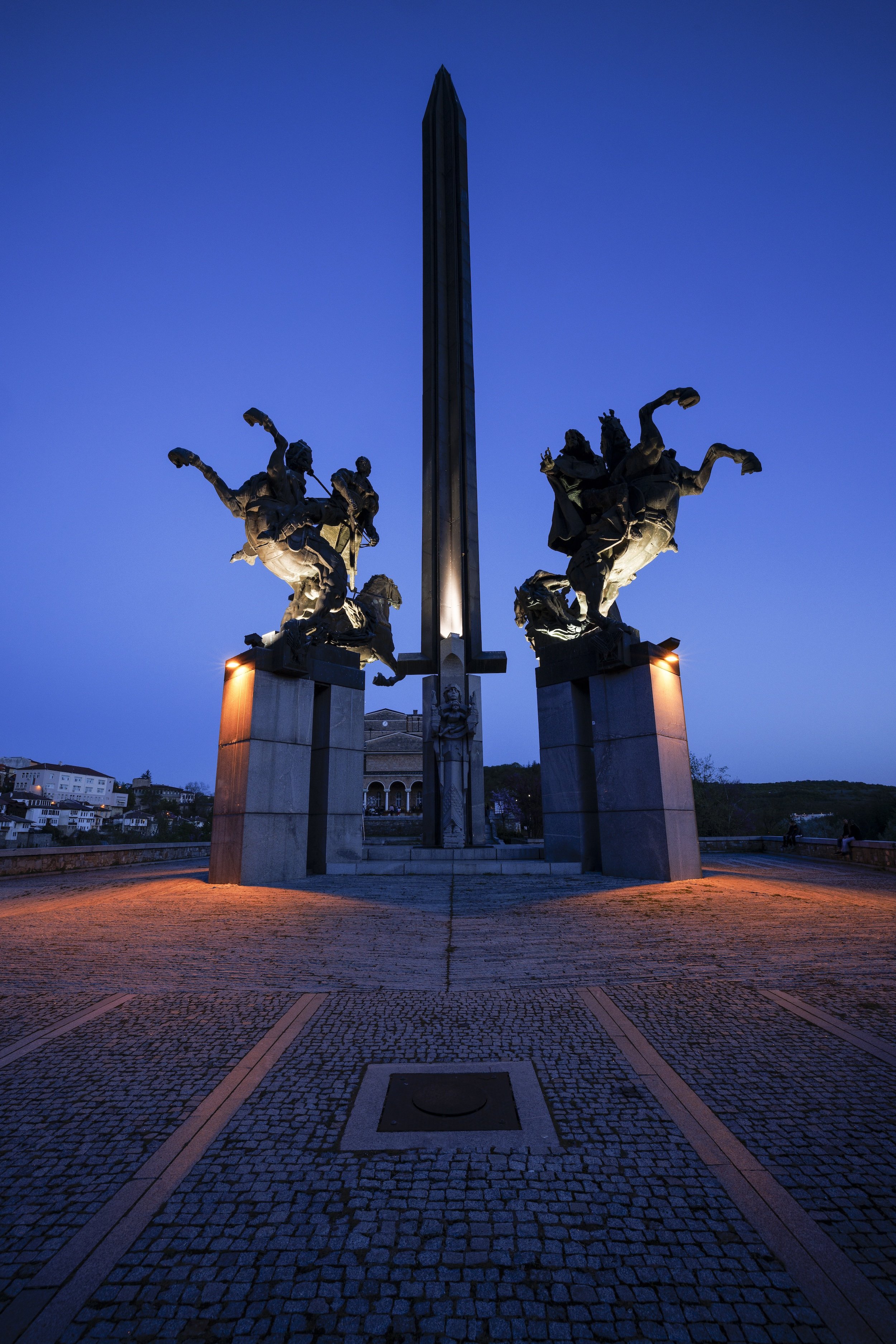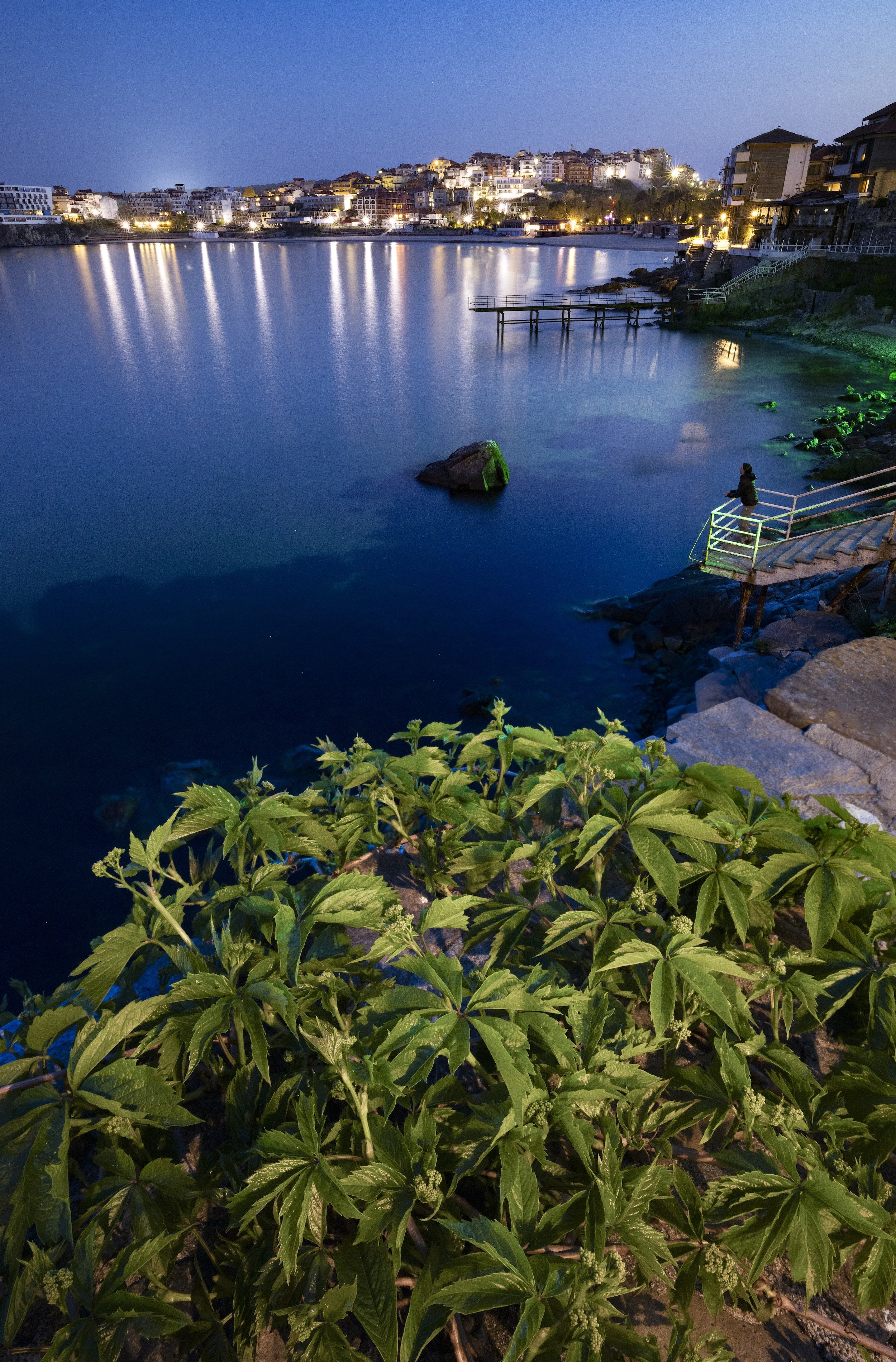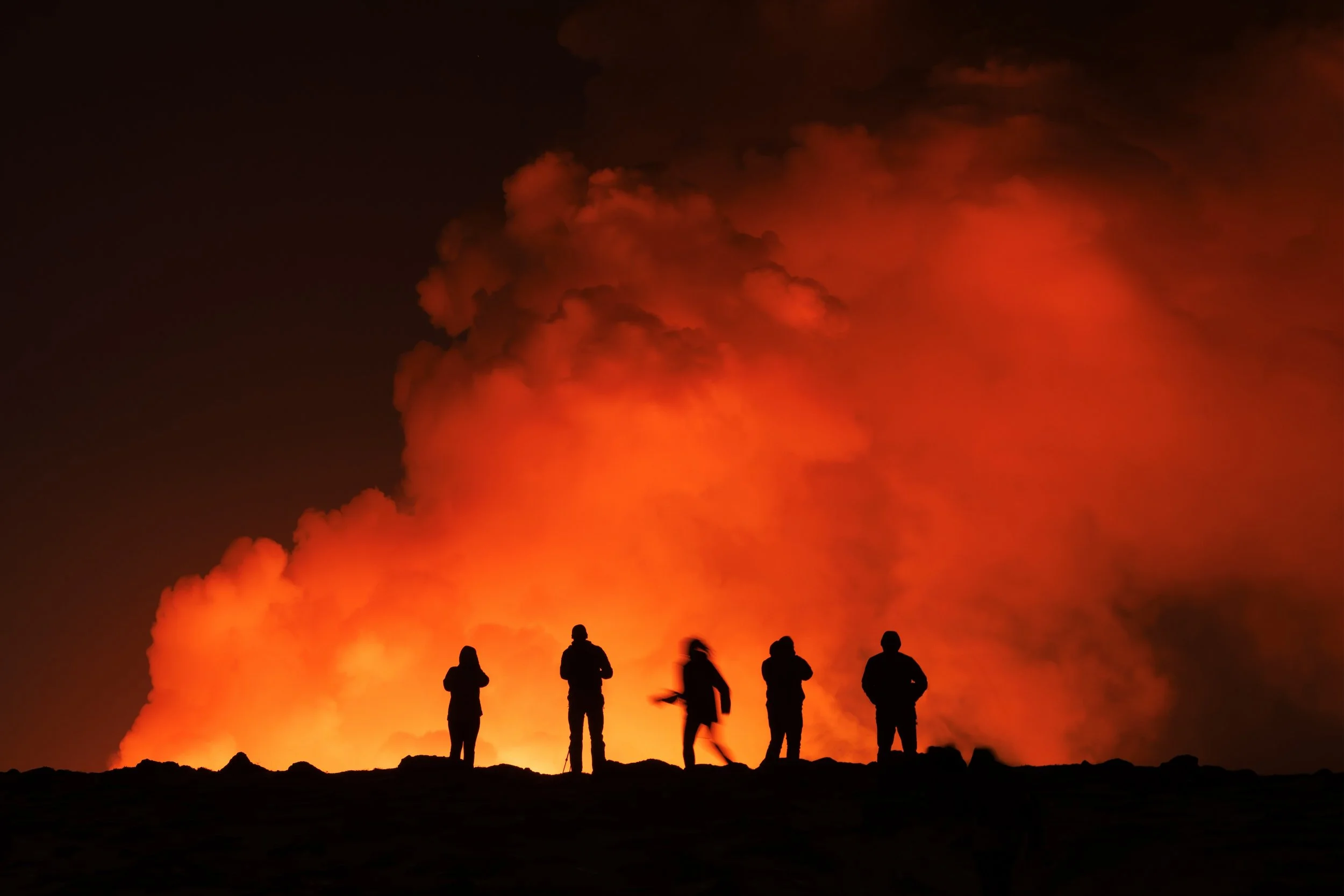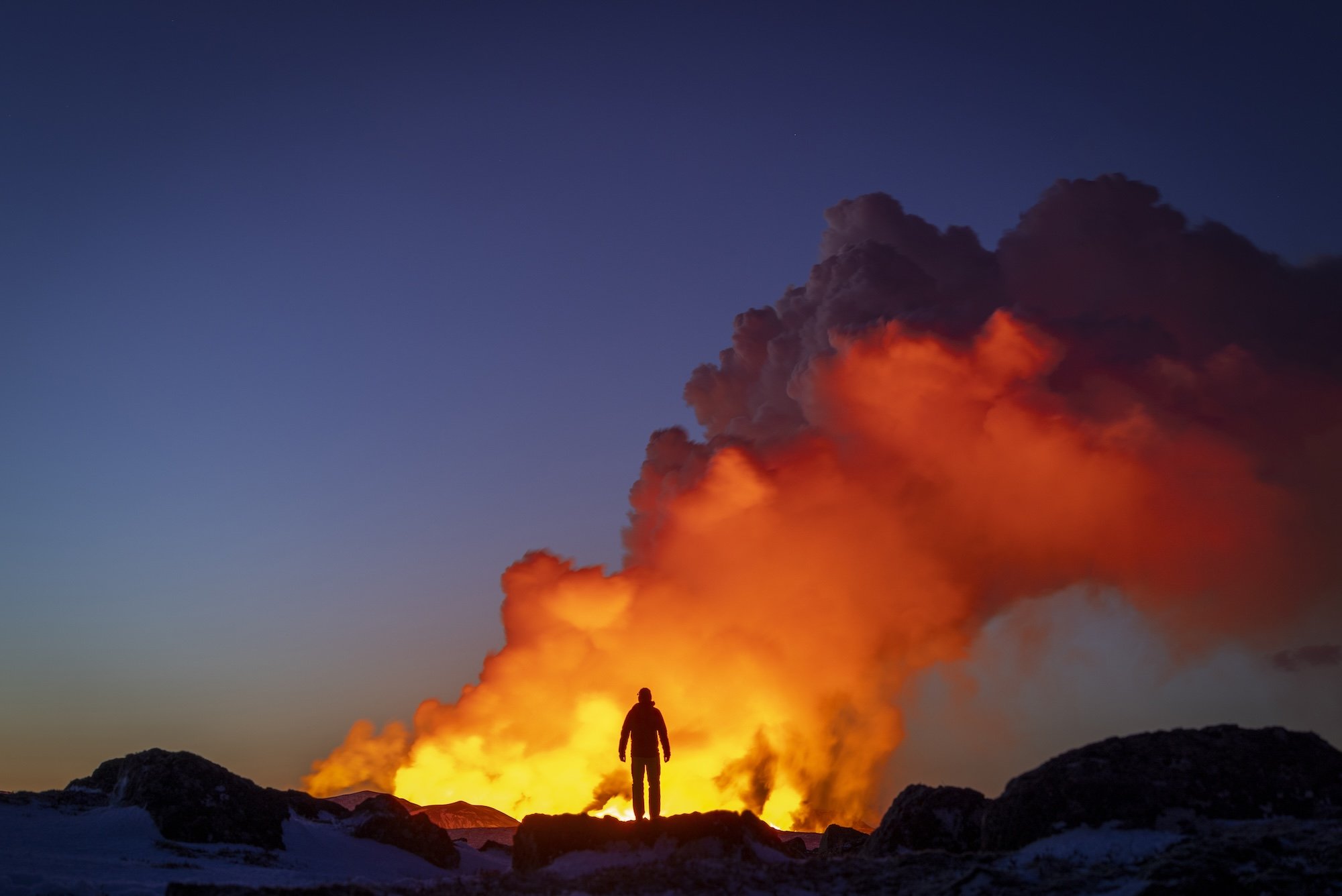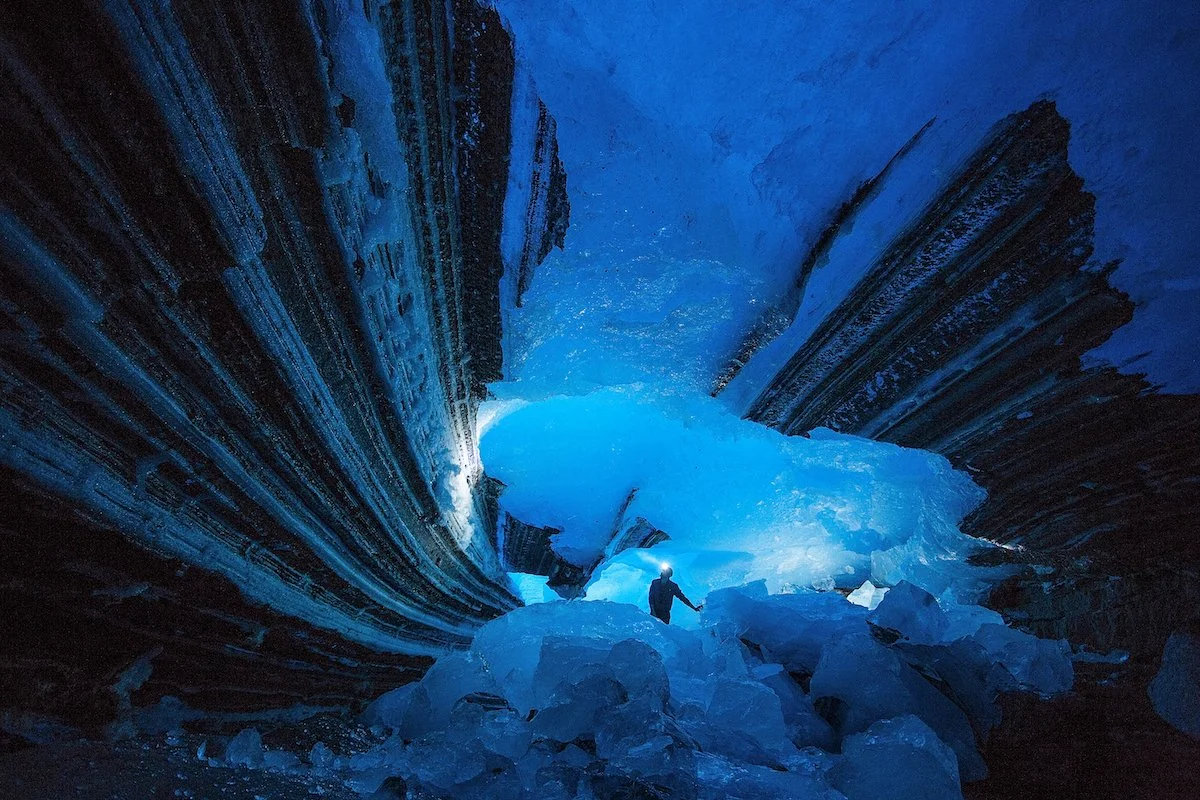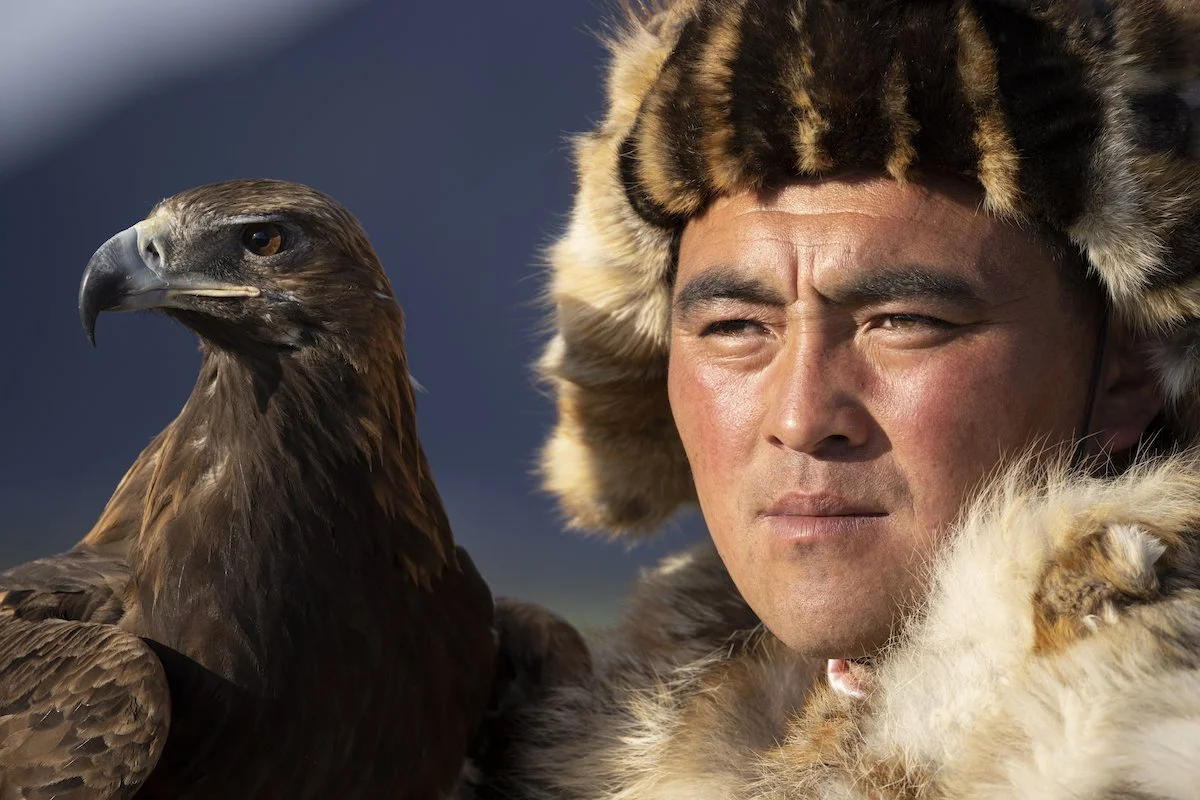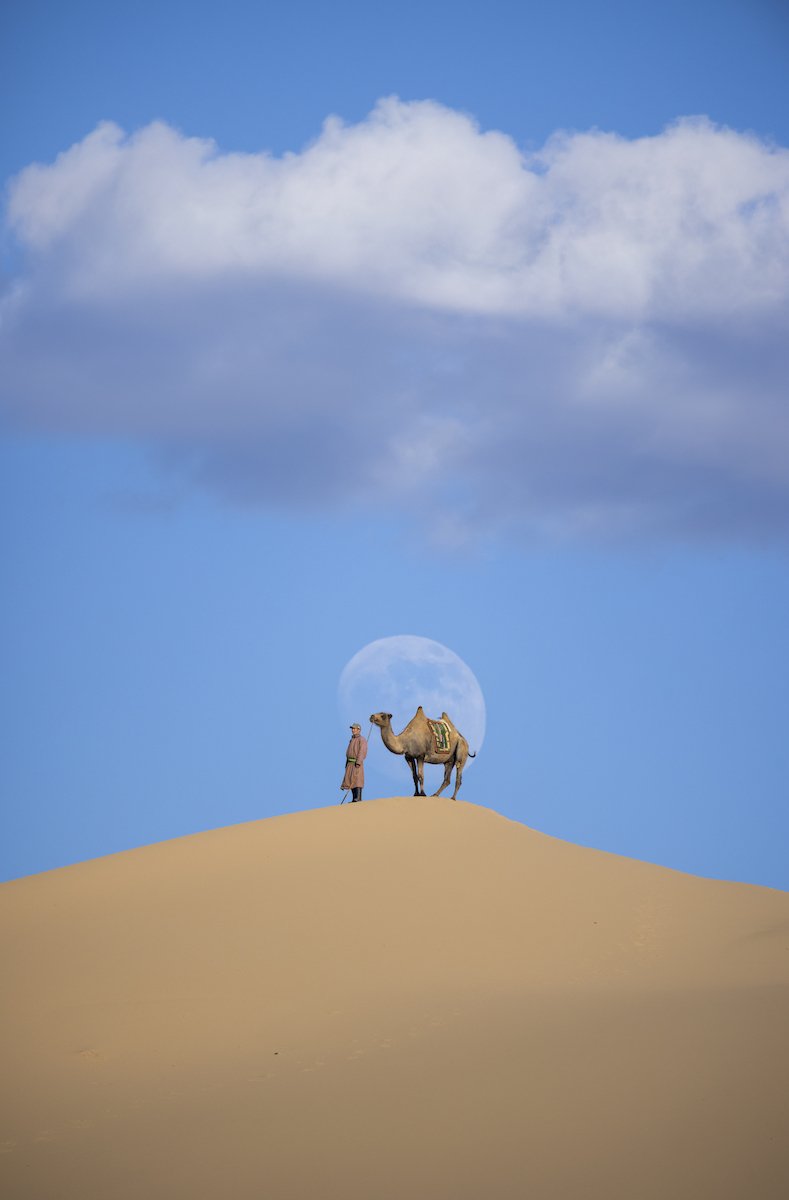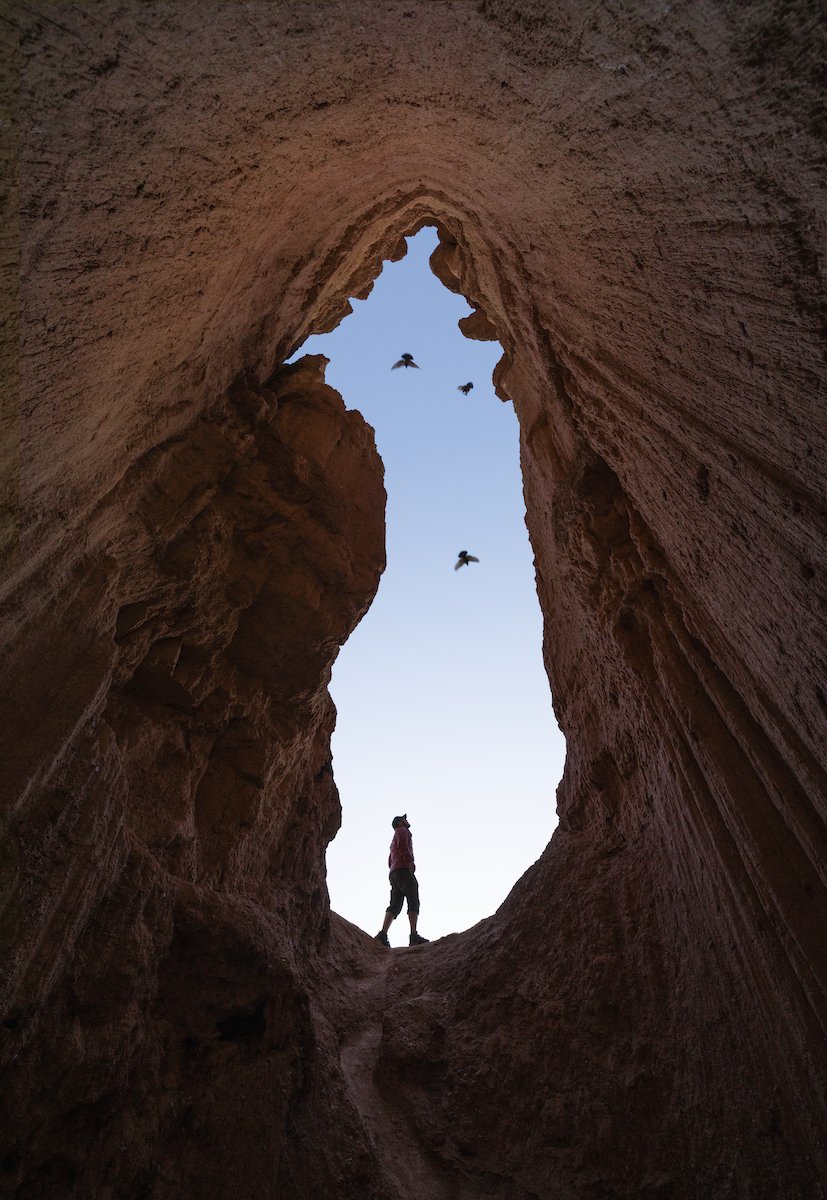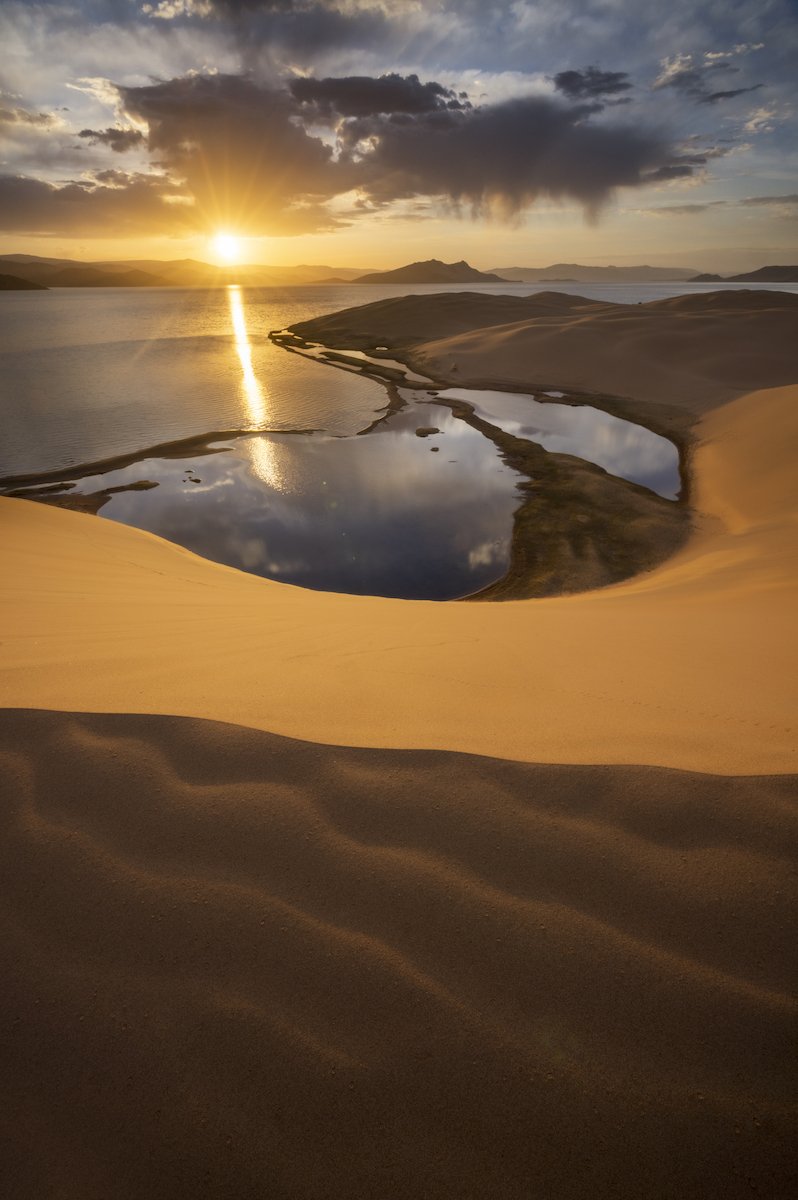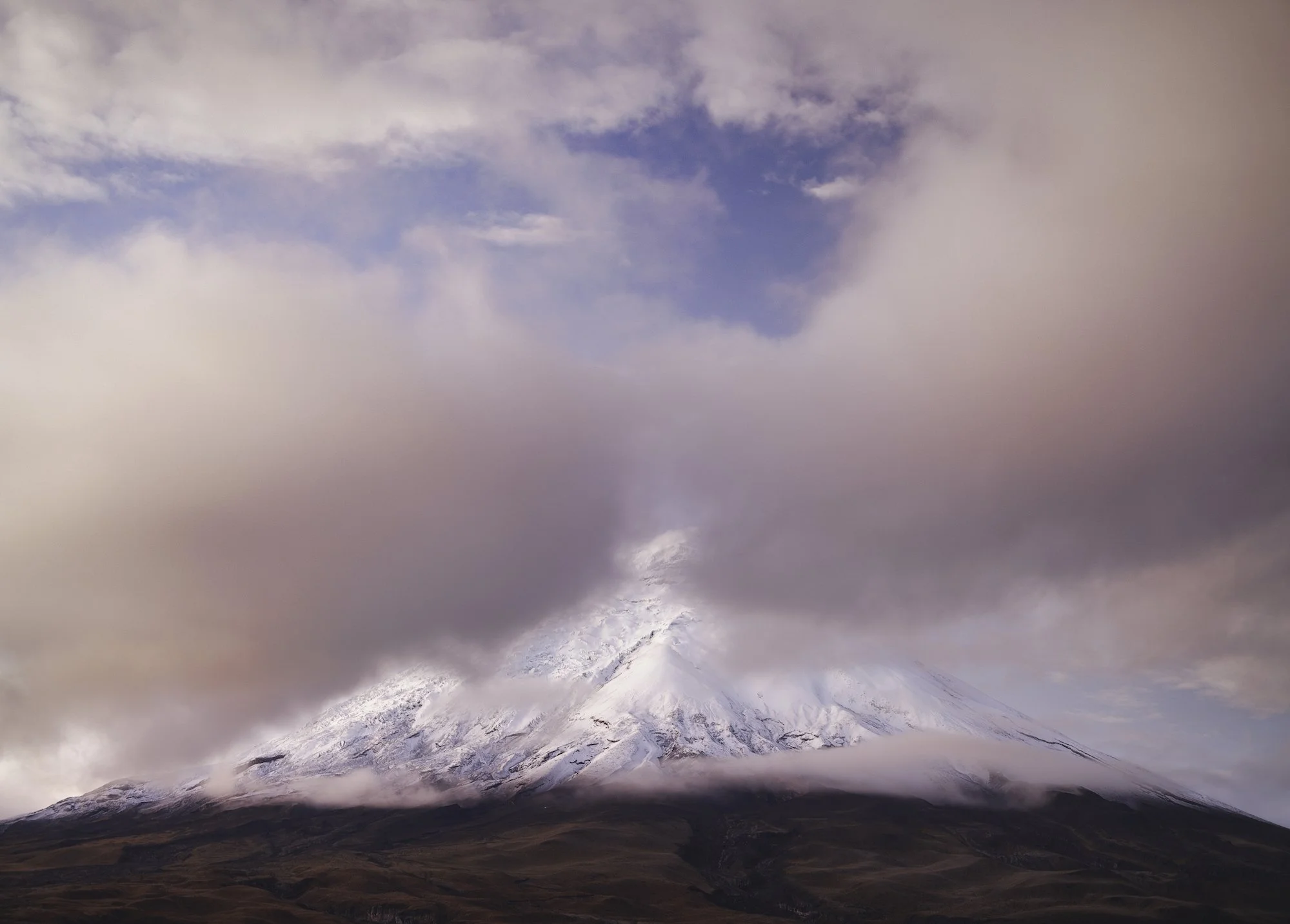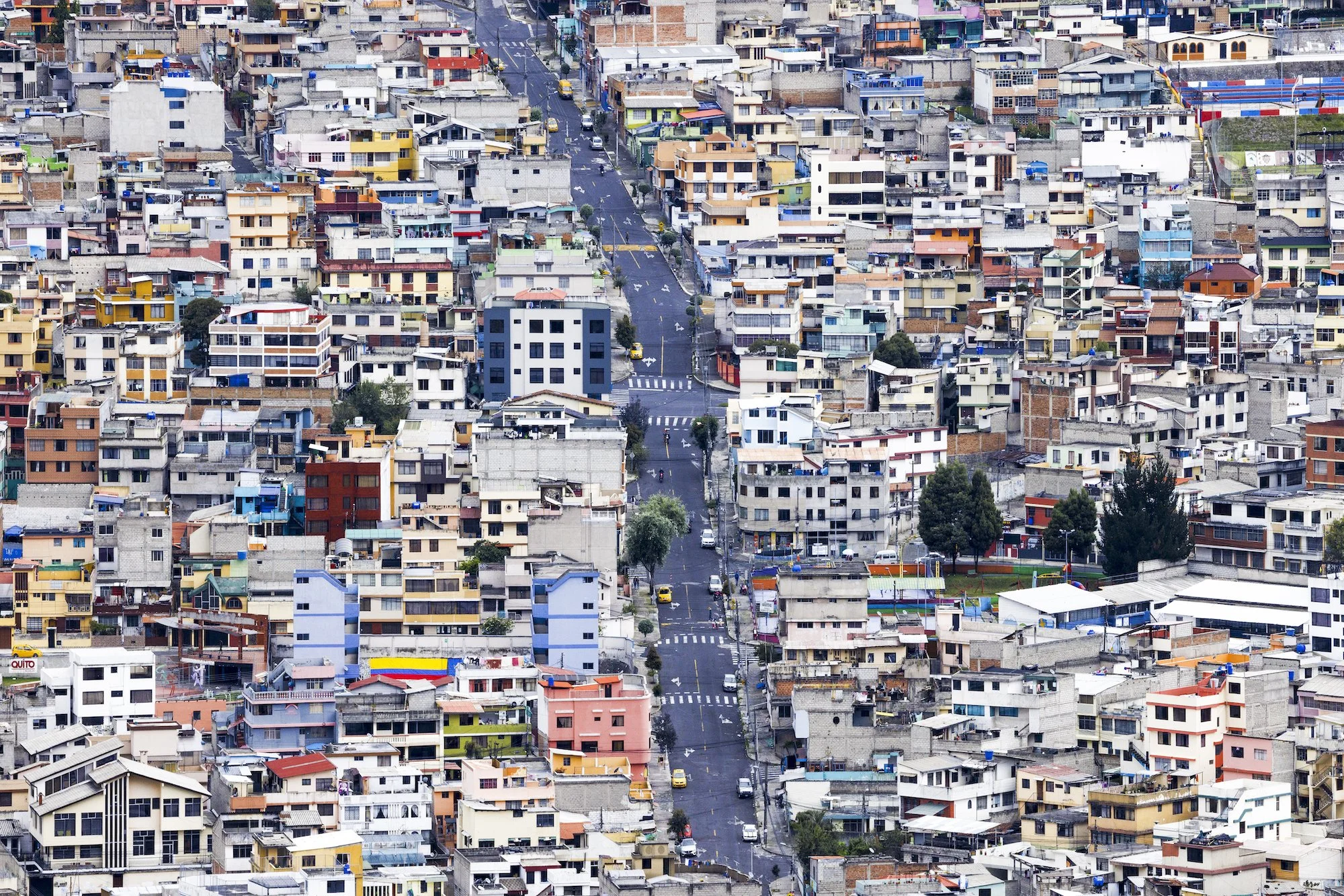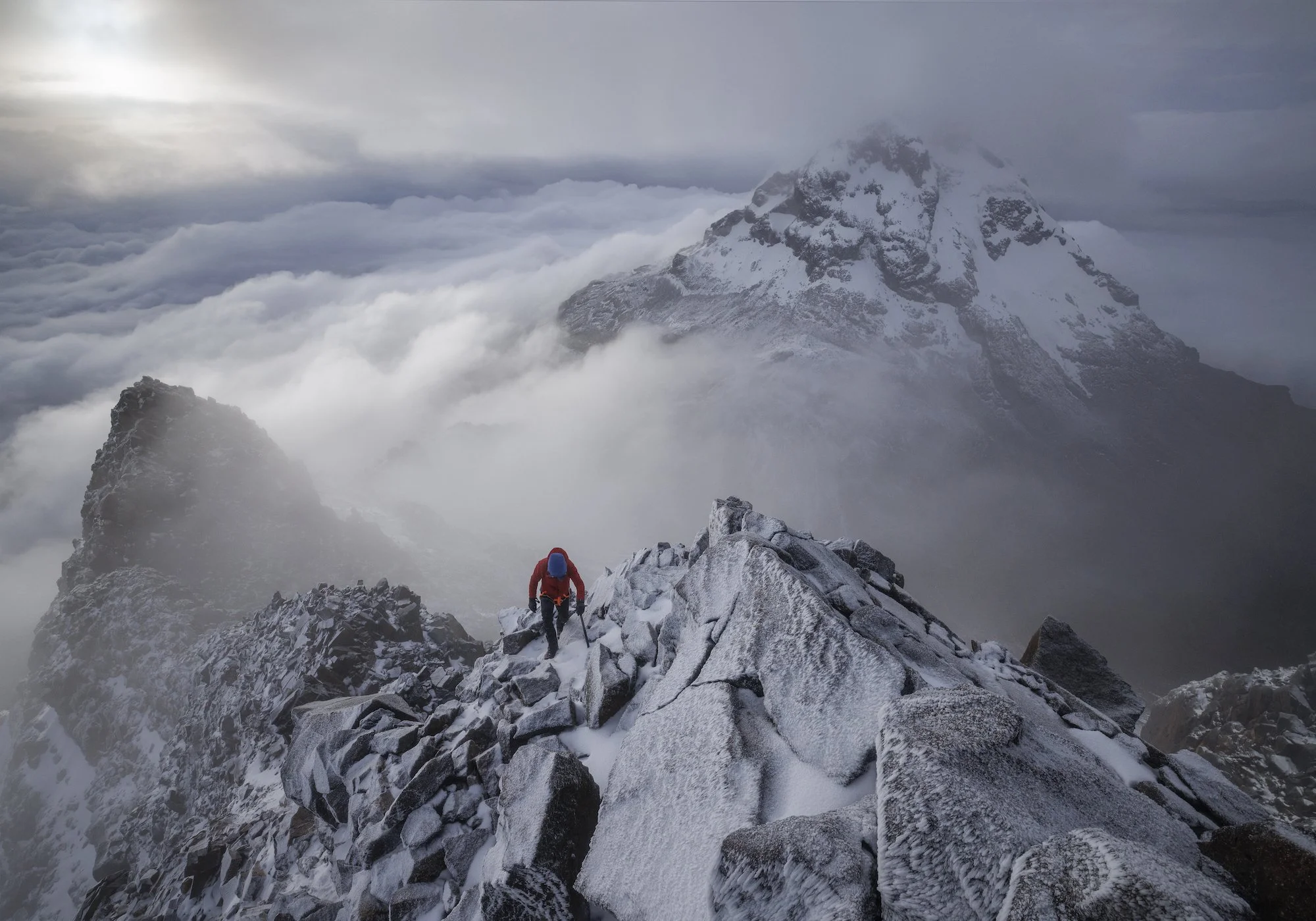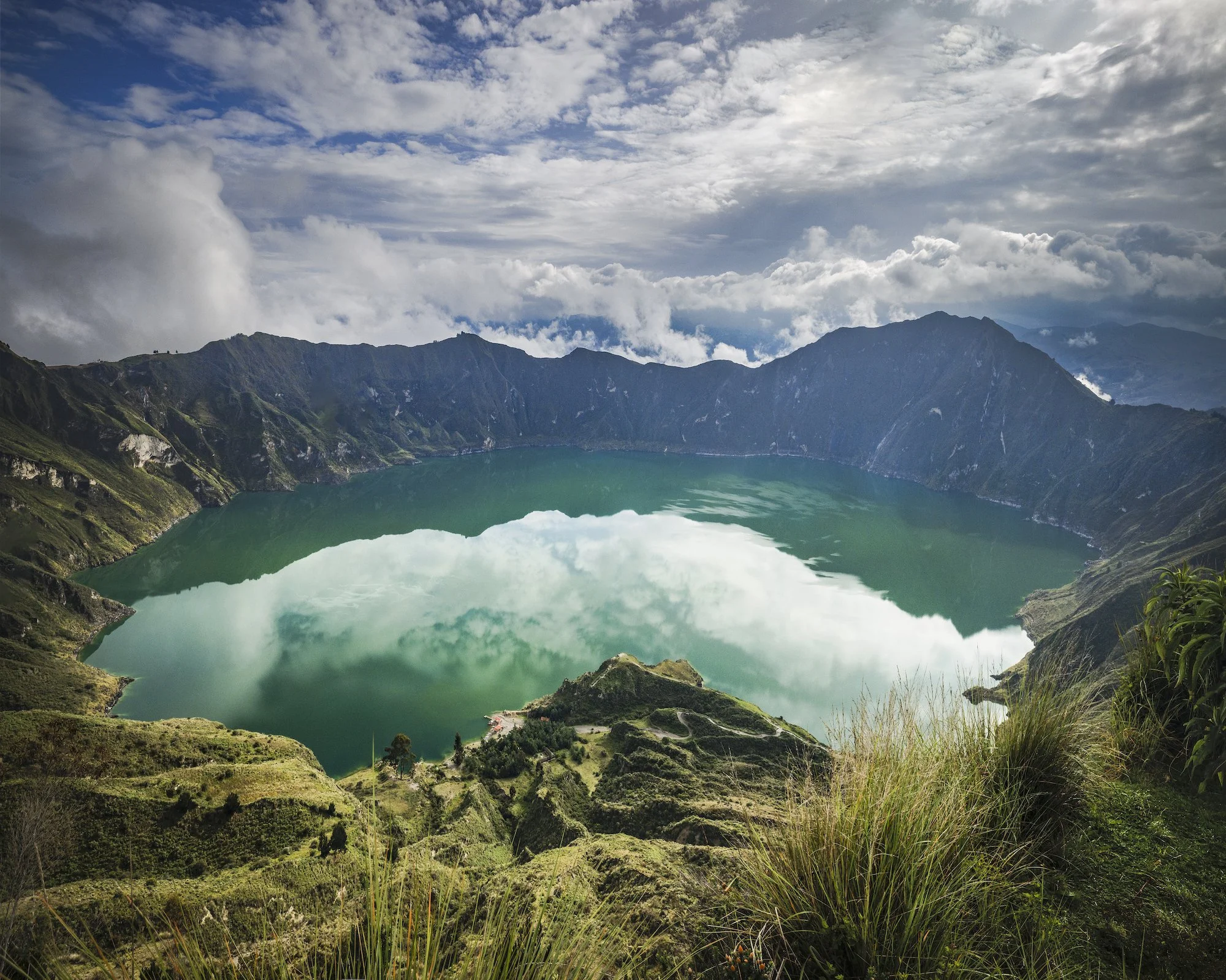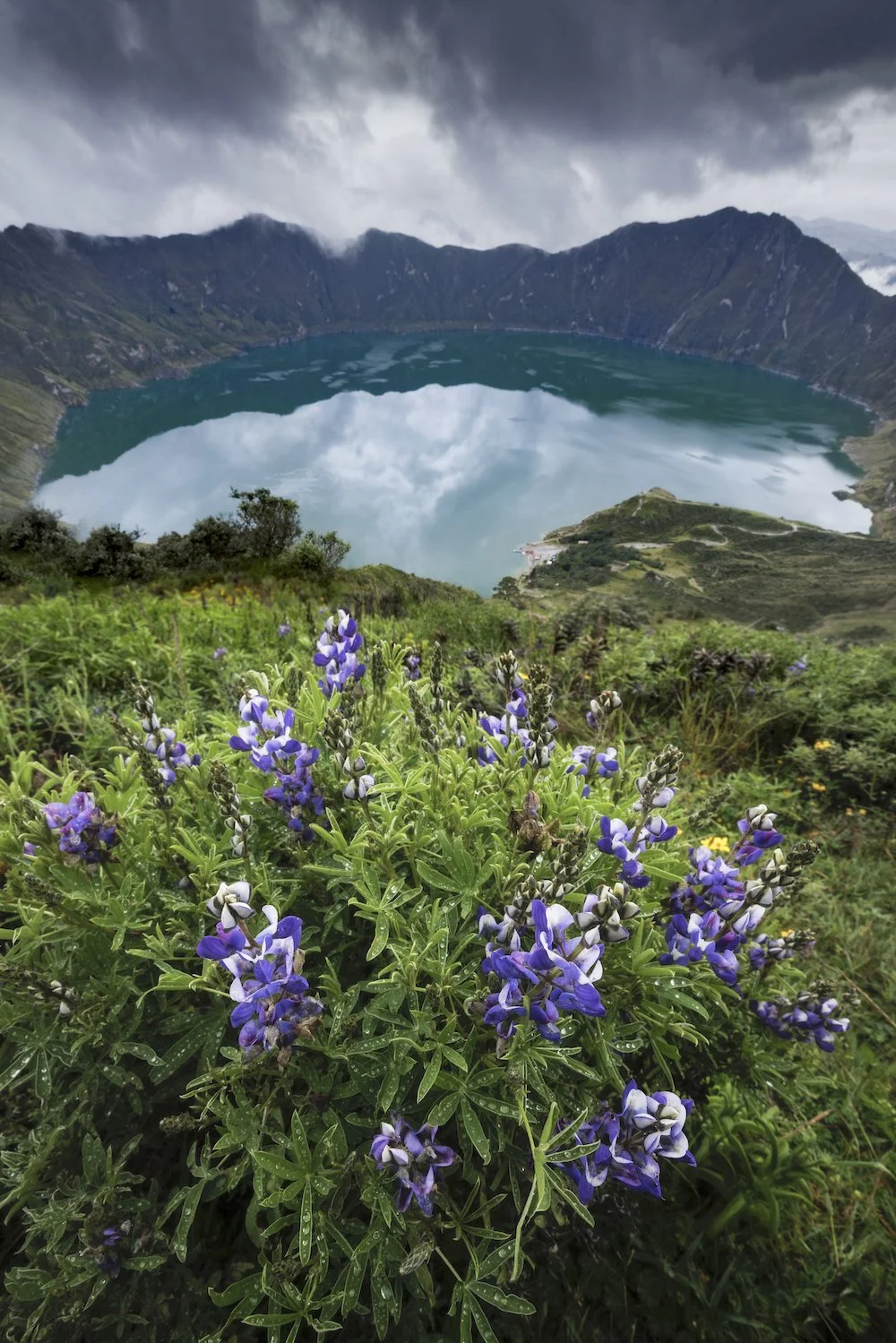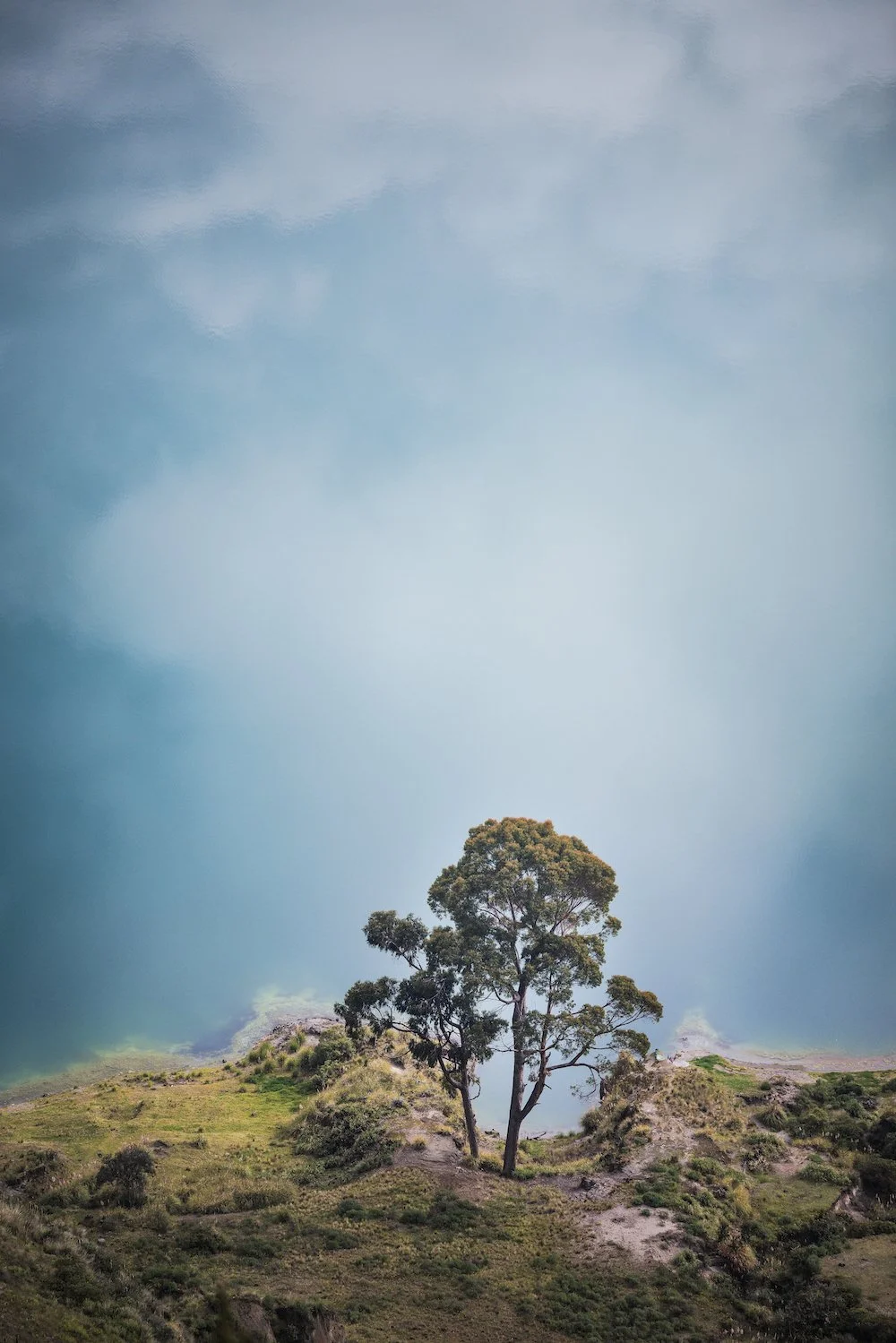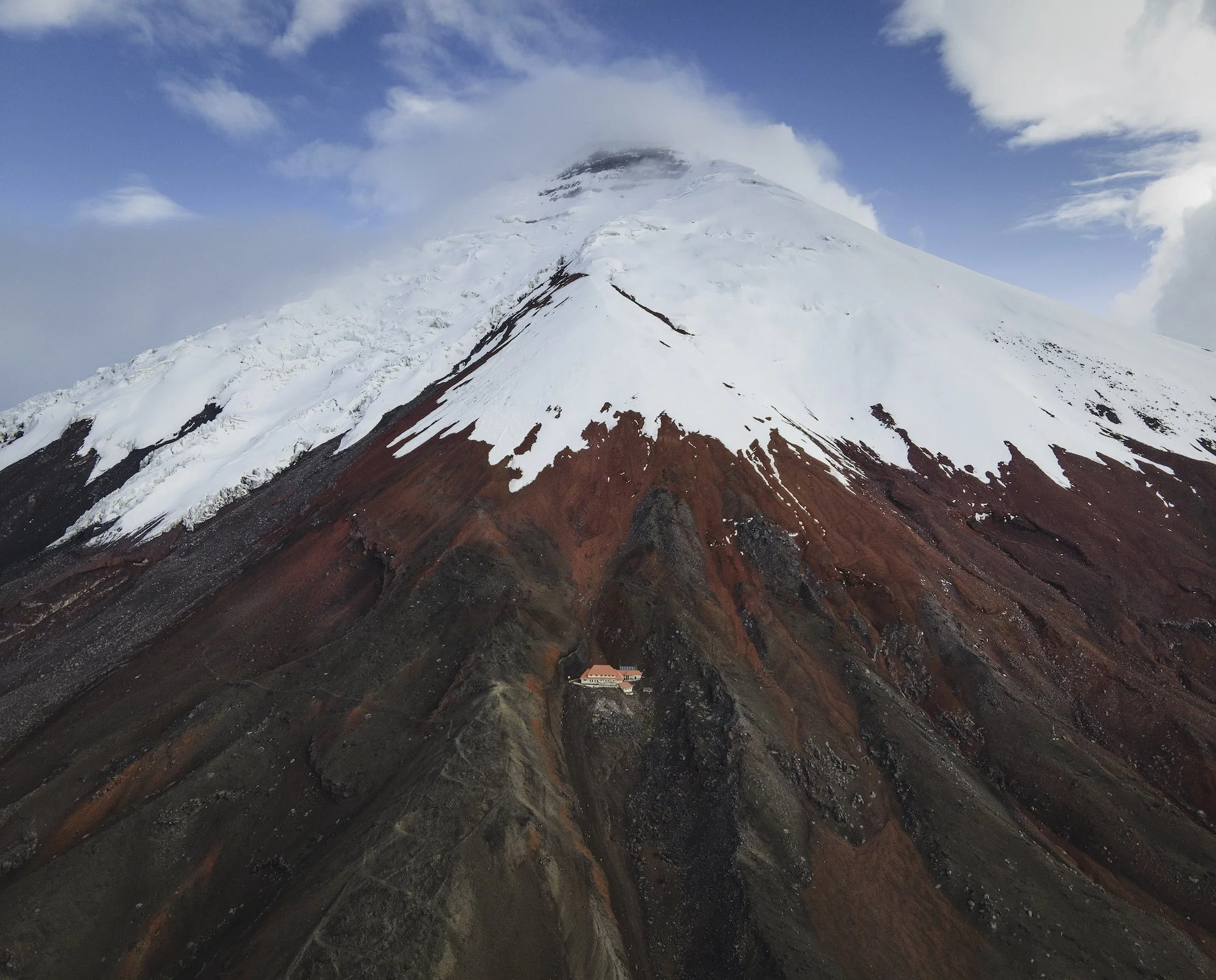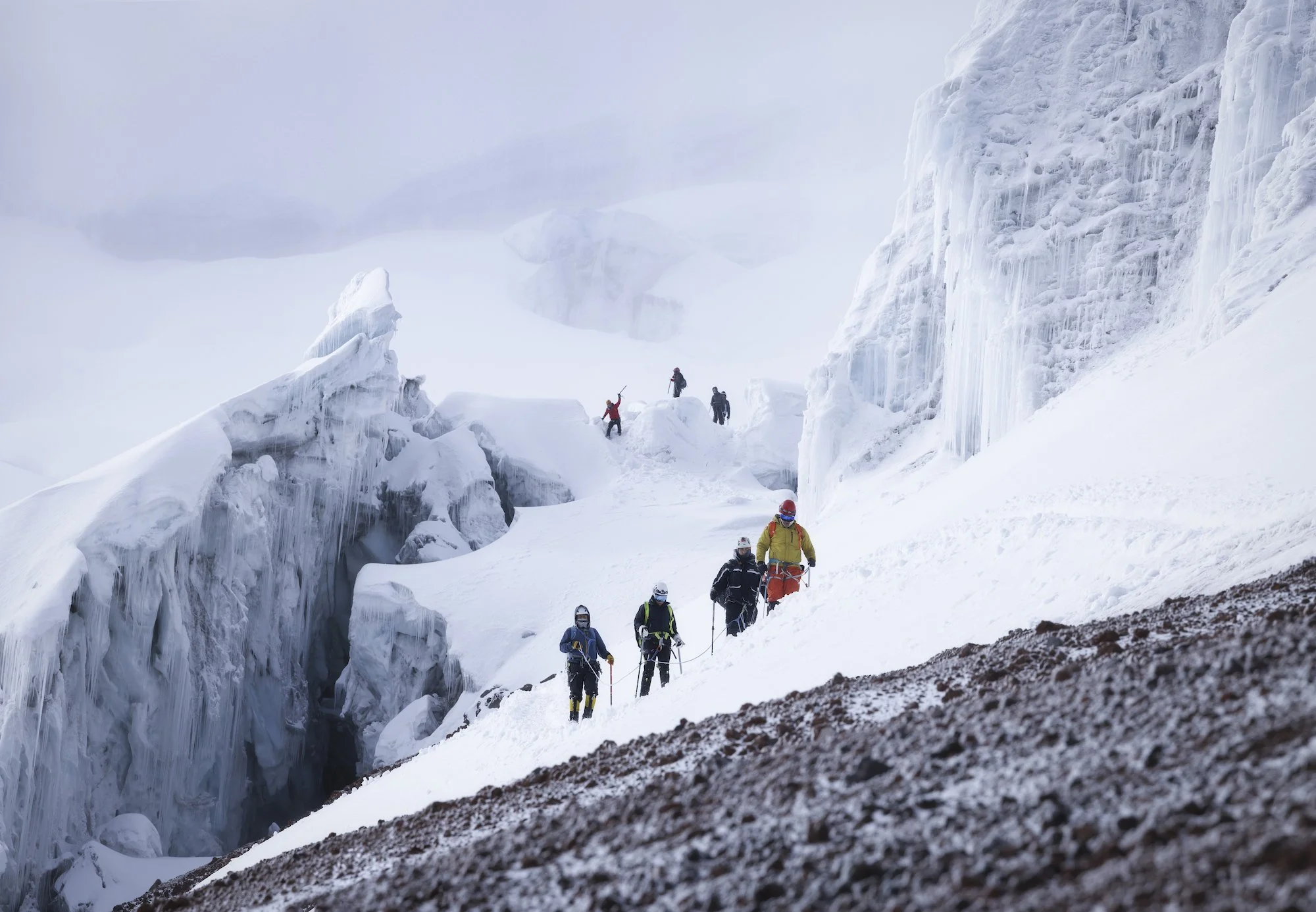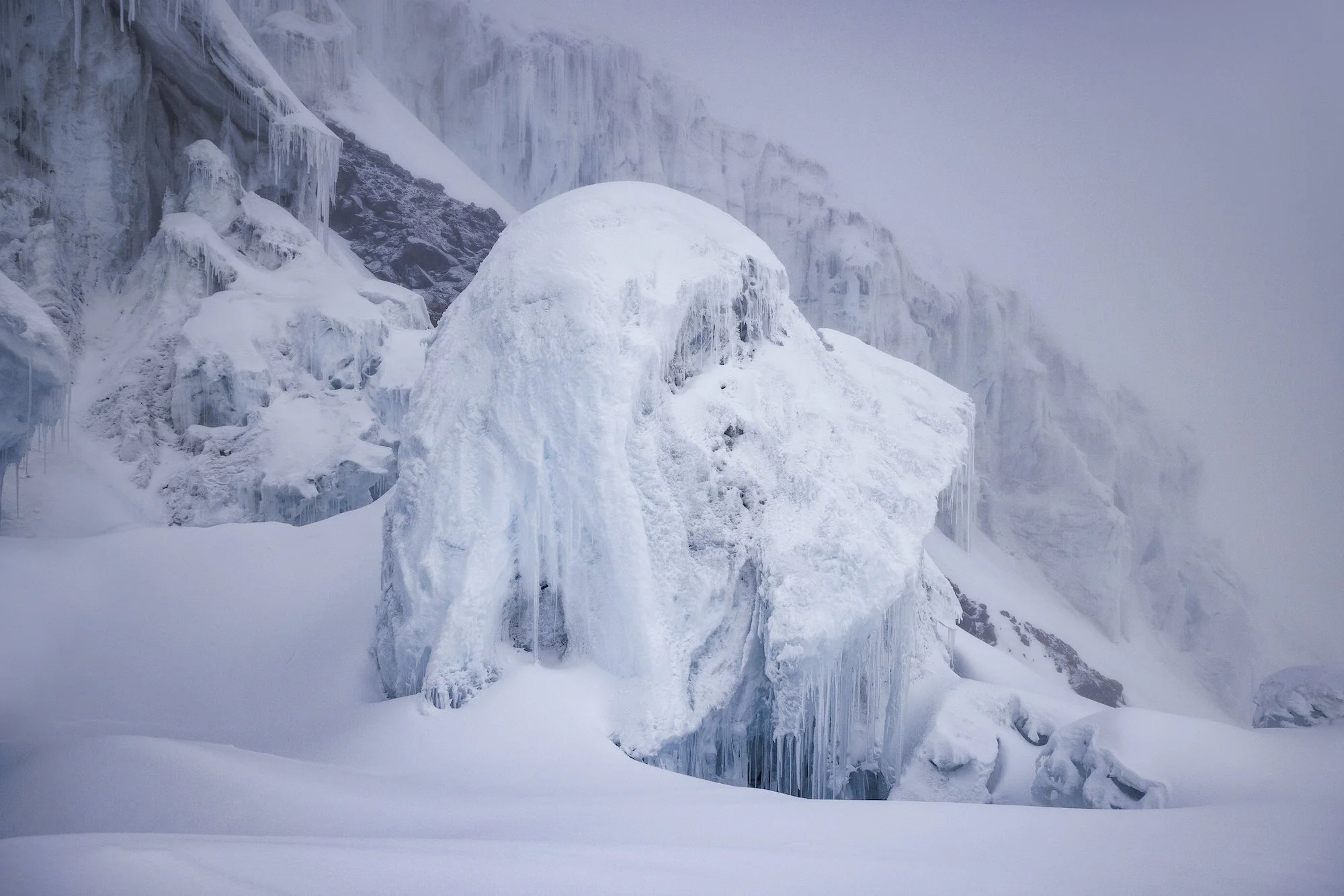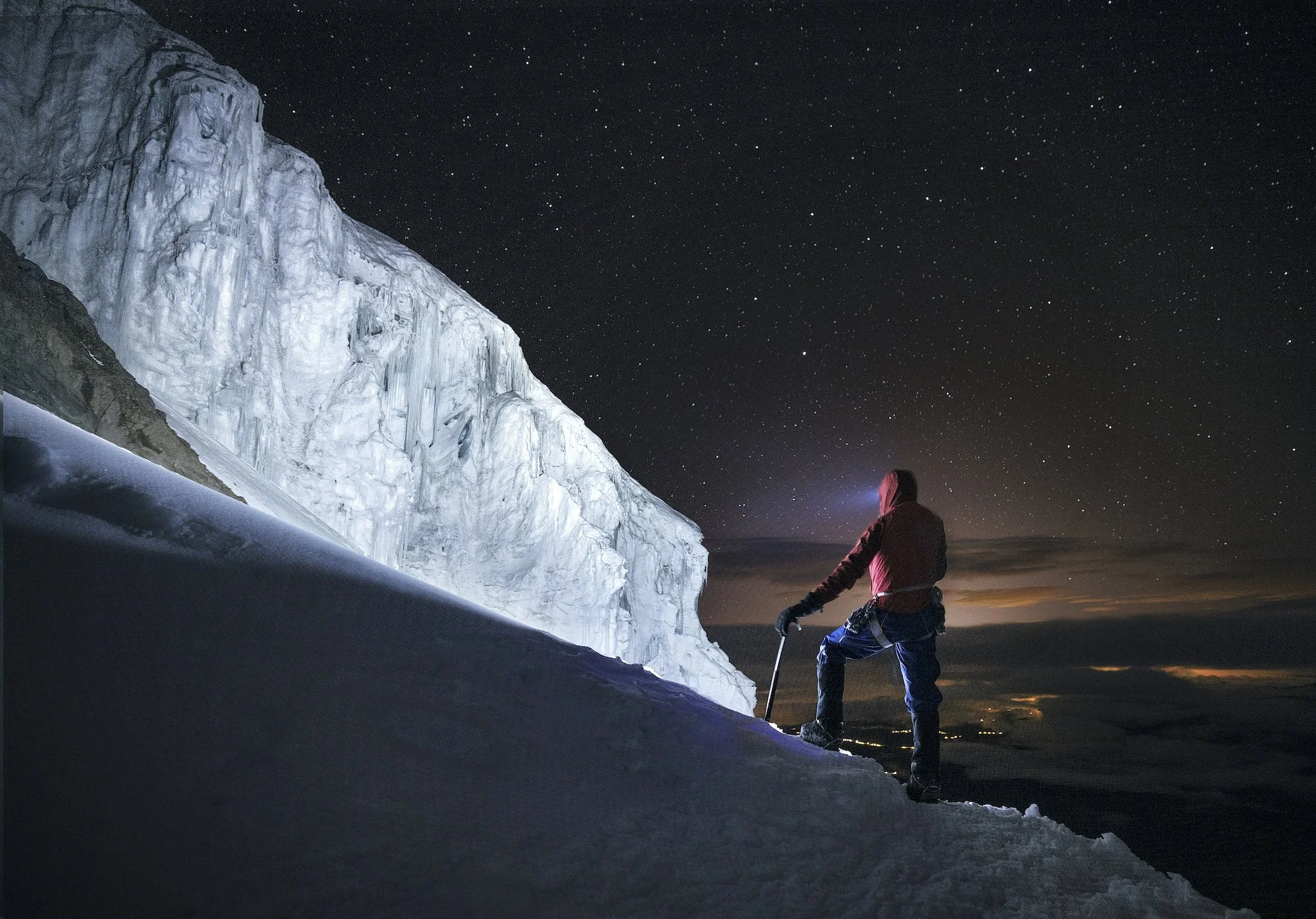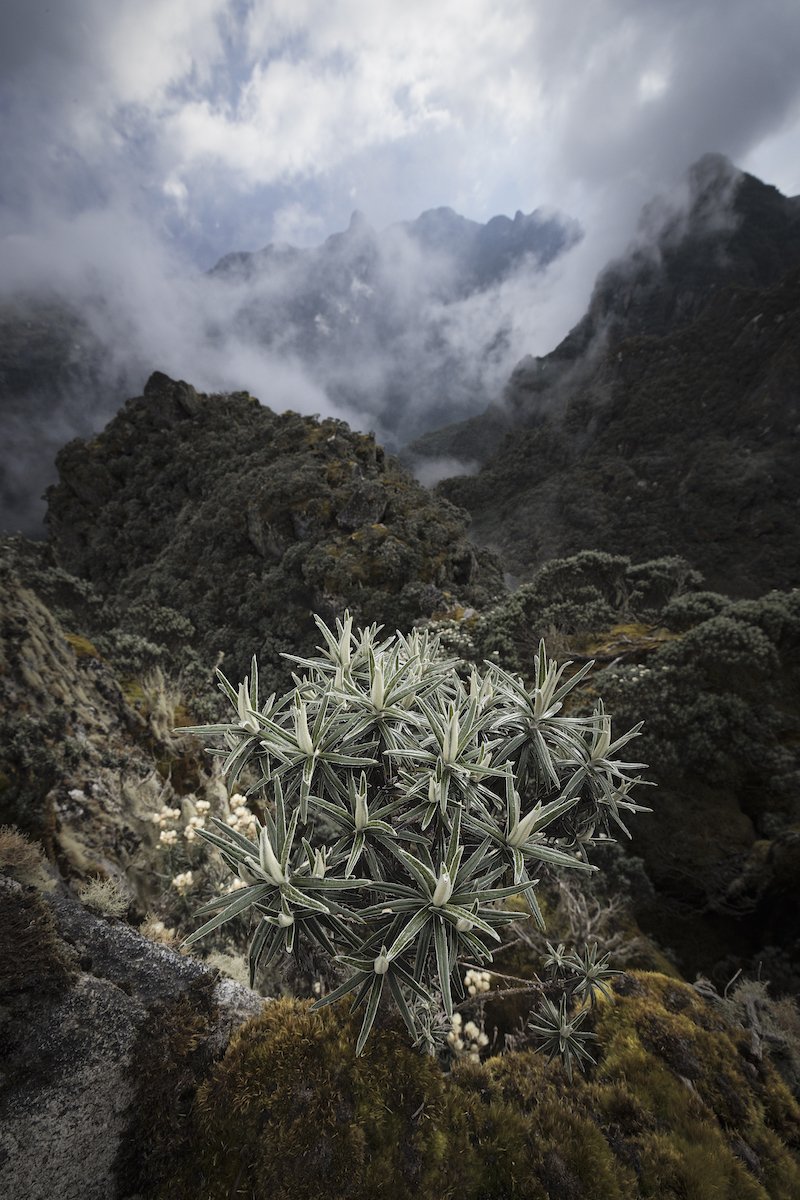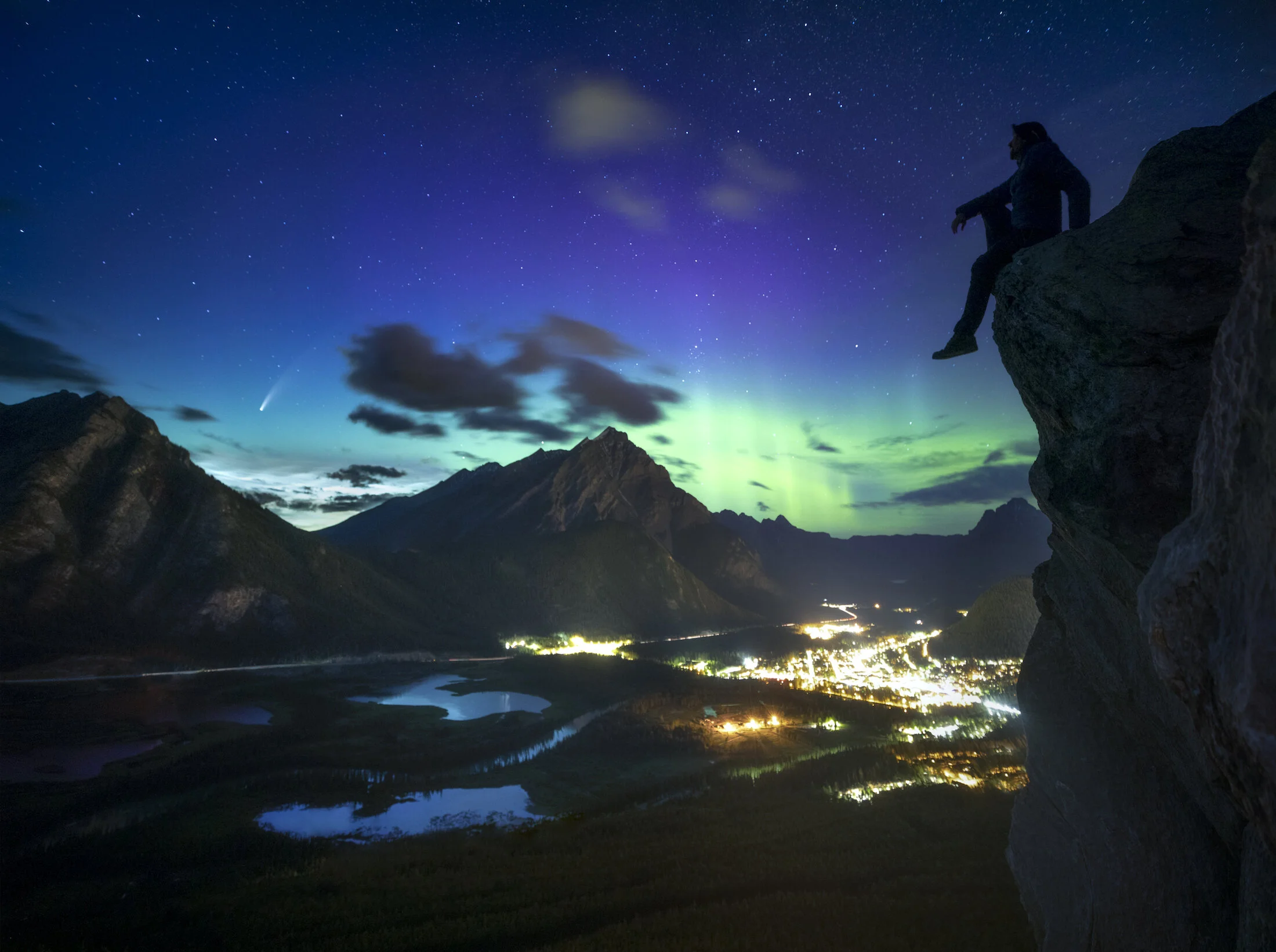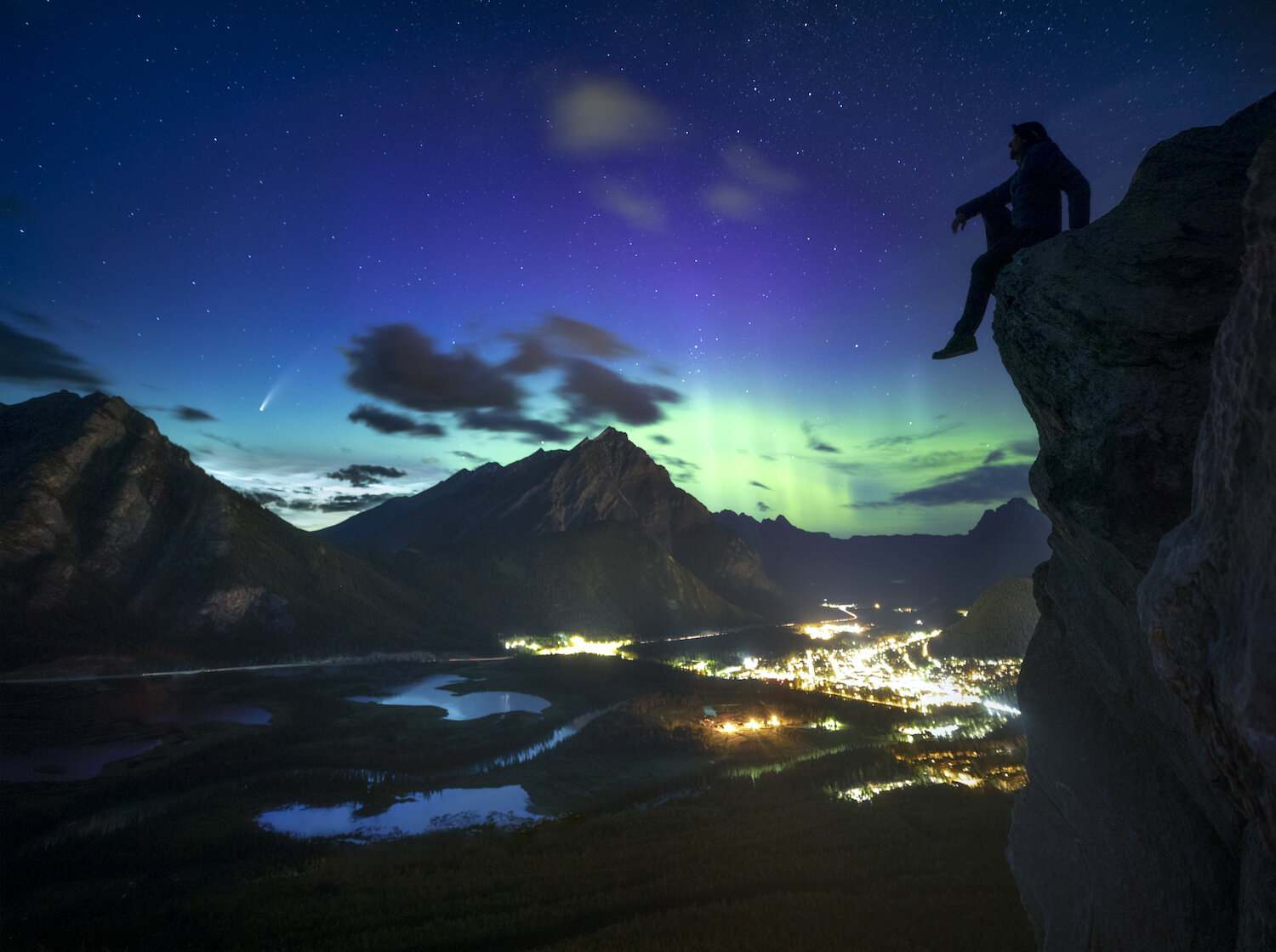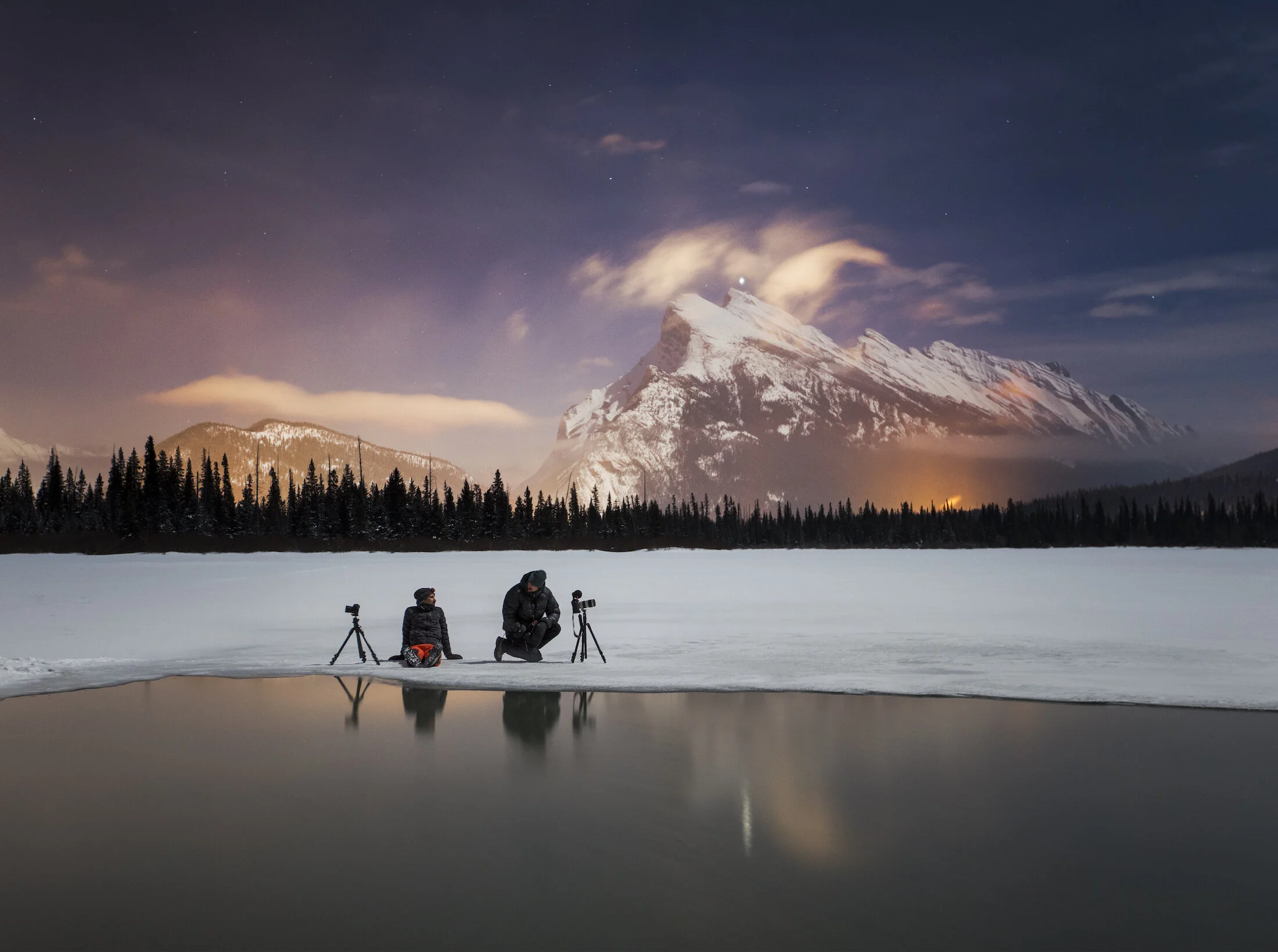
Historic Cities and Stunning Landscapes of Romania and Bulgaria
A photo portrait from a family trip through Romania and Bulgaria. Each country was distinctly different from the other due to different influences in their histories and modern-day trajectories. In Romania, we largely spent our time in the gorgeous Transylvania region with its Saxon-influenced architecture, folklore (you might be familiar with Dracula), and the mountainous countryside that linked our journey from town to town. In Bulgaria, we journeyed cross-country to visit more diverse parts of the country, including the mind-boggling rock formations of Belogradchick, the Medieval city of Veliko Tarnovo, the seaside resort town of Sozopol and the Madara national historical-archeological reserve.
Every year, I take an “adventurous” trip abroad with my wife and our two daughters. Often, my father comes along and it makes for a three-generation experience that we value so much as this stage in life. The past few years, we’ve found ourselves in Eastern Europe, including the Baltic Nations of Latvia, Lithuania and Estonia and Croatia and several western Balkan countries. It’s truly a highlight of my year to explore the world with my loved ones.
This year we decided to fill in some gaps in our experience in Eastern European and selected the neighbouring countries of Romania and Bulgaria. Each country was distinctly different from the other due to different influences in their histories and modern-day trajectories. In Romania, we largely spent our time in the gorgeous Transylvania region with its Saxon-influenced architecture, folklore (you might be familiar with Dracula), and the mountainous countryside that linked our journey from town to town. In Bulgaria, we journeyed cross-country to visit more diverse parts of the country, including the mind-boggling rock formations of Belogradchick, the Medieval city of Veliko Tarnovo, the seaside resort town of Sozopol and the Madara national historical-archeological reserve.
Brasov, Romania, at night. Photo: Paul Zizka.
I didn’t take the camera out a lot while we were there while I focused on family time, but below you’ll find some of my images from the trip. Not easily captured were the rather enlightening and at time comical moments of cultural immersion, which as foreigners added so much to our experience. From ordering off of menus written in a Cyrillic alphabet to adapting to some new rules for the road, the trip was an unexpected adventure in so many ways. We especially fell in love with the landscapes of these two countries, which I hoped to convey in these images!
Romania
The Council Square in Brasov, Romania. Photo: Paul Zizka.
Bran Castle near Brasov, Romania. Photo: Paul Zizka.
Catedrala "Sfântul Ioan Botezătorul" in Făgăraș, Romania. Photo: Paul Zizka.
Pastel hues of Sibiu, Romania. Photo: Paul Zizka.
“Saint Mary” Evangelical Cathedral of Sibiu, Romania. Photo: Paul Zizka.
A different angle of “Saint Mary” Evangelical Cathedral of Sibiu, Romania. Photo: Paul Zizka.
Alley in Sibiu, Romania. Photo: Paul Zizka.
Rust-red rooftops in Sibiu, Romania. Photo: Paul Zizka.
Piața Mare (The Large Square) at dusk in Sibiu, Romania. Photo: Paul Zizka.
Piața Mare (The Large Square) at dusk in Sibiu, Romania. Photo: Paul Zizka.
“Saint Mary” Evangelical Cathedral of Sibiu, Romania. Photo: Paul Zizka.
Nighttime view from The Bridge of Lies, Sibiu, Romania. Photo: Paul Zizka.
Bulgaria
Belogradchick Rocks and fortress, Belogradchik, Bulgaria. Photo: Paul Zizka.
Belogradchick Rocks, Belogradchik, Bulgaria. Photo: Paul Zizka.
Belogradchick Rocks, Belogradchik, Bulgaria. Photo: Paul Zizka.
My wife Meghan at Belogradchick Rocks and fortress, Belogradchik, Bulgaria. Photo: Paul Zizka.
My wife Meghan at Belogradchick Rocks and fortress, Belogradchik, Bulgaria. Photo: Paul Zizka.
Trees on the skyline at Belogradchik, Bulgaria. Photo: Paul Zizka.
Belogradchick Rocks, Belogradchik, Bulgaria. Photo: Paul Zizka.
Nighttime with my daughter at Belogradchick Rocks and fortress, Belogradchik, Bulgaria. Photo: Paul Zizka.
Foggy morning over the Yantra River. Veliko Tarnovo, Bulgaria. Photo: Paul Zizka.
View from our apartment in Veliko Tarnovo, Bulgaria (my daughter gazing out the window there) . Photo: Paul Zizka.
View of the Monument to the Assen Dynasty from our apartment in Veliko Tarnovo, Bulgaria. Photo: Paul Zizka.
Tsarevets Fortress through Jacaranda trees in Veliko Tarnovo, Bulgaria. Photo: Paul Zizka.
Monument to the Assen Dynasty in Veliko Tarnovo, Bulgaria. Photo: Paul Zizka.
Veliko Tarnovo, Bulgaria. Photo: Paul Zizka.
Tsarevets Fortress in Veliko Tarnovo, Bulgaria. Photo: Paul Zizka.
Sozopol, Bulgaria. Photo: Paul Zizka.
My wife looking out on Sozopol, Bulgaria. Photo: Paul Zizka.
Sozopol, Bulgaria. Photo: Paul Zizka.
My wife looking out on Sozopol, Bulgaria. Photo: Paul Zizka.
Nighttime in Sozopol, Bulgaria. Photo: Paul Zizka.
Nighttime in Sozopol, Bulgaria. Photo: Paul Zizka.
One of the many cats in Sozopol, Bulgaria. Photo: Paul Zizka.
Madara Rider, a UNESCO World Heritage Site, was created during the first years of the formation of the Bulgarian State, at the beginning of the 8th century. Photo: Paul Zizka.
Spring blossoms of Madara, Bulgaria. Photo: Paul Zizka.
View at the Madara National Historical and Archaeological Park, Bulgaria. Photo: Paul Zizka.
My wife and youngest descend the many steps of the Madara National Historical and Archaeological Park, Bulgaria. Photo: Paul Zizka.
My daughter walks down the steps of the Madara National Historical and Archaeological Park, Bulgaria. Photo: Paul Zizka.
Gorgeous walkways of the Madara National Historical and Archaeological Park, Bulgaria. Model: Meghan J. Ward. Photo: Paul Zizka.
Cave at Madara National Historical and Archaeological Park, Bulgaria. Model: Meghan J. Ward. Photo: Paul Zizka.
All of these images are available for image licensing and limited edition prints. Please contact me to inquire!
Documenting the Sundhnúkagígar Eruption in Iceland
Iceland has long captivated me with its dramatic landscapes shaped by volcanic activity. Even before I became a photographer, I was enthralled by this island. At the conclusion of my undergrad in Earth and Ocean Sciences, I walked across Iceland and became familiar with its rugged terrain. Since then, I have returned several times, including this month when the Sundhnúkagígar eruption occurred.
Iceland has long captivated me with its dramatic landscapes shaped by volcanic activity. Even before I became a photographer, I was enthralled by this island. At the conclusion of my undergrad in Earth and Ocean Sciences, I walked across Iceland and became familiar with its rugged terrain. Since then, I have returned several times, including this month when the Sundhnúkagígar eruption occurred.
Our OFFBEAT group capturing the eruption later on the day we were evacuated, from a safe distance. Photo: Paul Zizka.
I was staying at the Northern Light Inn with a group, co-leading an OFFBEAT photography workshop, when on our last morning we were awoken very early by the call to evacuate. Just two kilometres away, a volcano erupted along a three-kilometre fissure northeast of Mount Sýlingarfell. We promptly packed our bags and within 20 minutes were walking to our vehicles to join a convoy away from the area. Soon, we got sight of the lava fountains shooting 80 metres into the air. It was an unforgettable experience, and somewhat painful for a group of photographers who would have loved to capture it on camera. But, safety first - we got out and soon after the lava flowed across the road.
CBC’s The National featured the events and a short interview with me on February 12, 2024.
Later, from a safe distance our group was able to observe and photograph the eruption. It will stand as one of the most remarkable and surreal experiences of my life. I am grateful there was no loss of life, though the lava did burst a major water pipeline, leaving several communities on the Reykjanes Peninsula without heat and hot water.
Here are a few more photographs and videos from the events that transpired that memorable experience.
→ I’m heading back to Iceland in 2026 with OFFBEAT! Learn more here and join us for this next adventure!
Workshop participants capturing an unforgettable moment. Photo: Paul Zizka.
A self-portrait taken with the distant lava fountains (Canon RF100-500). Photo: Paul Zizka.
Self-portrait with the Sundhnúkagígar Eruption in Iceland. Photo: Paul Zizka.
Sundhnúkagígar Eruption in Iceland. Model Kris Andrea. Photo: Paul Zizka.
See more in the news:
Iceland's erupting volcano an 'unforgettable' close encounter, says Alberta photographer
If any of these images catches your eye, please reach out to me for any custom print orders. I’m happy to print in a variety of sizes and formats.
Behind the Image: Afloat
I started talking, half-jokingly, about trying to isolate an iceberg, which I know wouldn't be an easy task. But Jesse is always super keen to make my ideas come to life. He suggested that we could isolate an iceberg through a mix of towing and paddling. But, all we had for paddling was a hiking pole. As for towing, he suggested that he could place an ice screw into an iceberg, tie that to a rope and then we would be able to tow it from shore.
This image was taken during a mountaineering trip to the Mons Icefield, which is a sizeable area of ice on the divine (half in Banff National Park, Alberta, half in British Columbia). Mountaineering was the main purpose of the trip, but like all trips I like to take the opportunity for some photography. We spent three days making several ascents in the vicinity of the lake you see in the shot. And of course, we had vantage points of that lake from various summits around it.
We thought if there was time after we summited the various peaks we would just go chill by the lake, relax a bit and see if we could get creative with the camera. So, after our sixth ascent, it was early afternoon and we decided to stop by the lake on our way back to Mons Hut. There wasn’t anything specific I had in mind, but I absolutely love to photograph ice. When you have icebergs, mountains and glaciers, and you mix all that together with a model as keen as Jesse, you have all the ingredients to get something pretty cool (despite the harsh light conditions!).
We shot a variety of ideas involving Jesse and Mons Peak in the background and the lake and the icebergs. But I thought it would be cool to create an image where Jesse would be adrift on an iceberg, partly because I like those types of shots that are a little bit puzzling for the audience. Also, I have a pretty large collection of images of people stranded on little islands or icebergs.
I also wanted to create an image that leaves something to interpretation. In this case, that’s a vague commentary on the changes in the climate and glaciers and the way humans are impacted by that. Perhaps we are unknowingly (and in some ways knowingly) drifting into uncharted territory, on the world’s last little piece of ice. Or maybe the person is so engrossed in what they are doing that they didn’t notice winter had run out.
The lake itself is a feature that’s temporary, which makes it all the more exciting to work with.
As far as this specific image is concerned, the icebergs were plentiful but the wind had piled them all up together at one end of the like. It was quite a cluttered scene. My main concern right away from a composition standpoint was trying to simplify the scene.
I started talking, half-jokingly, about trying to isolate an iceberg, which I know wouldn't be an easy task. But Jesse is always super keen to make my ideas come to life. He suggested that we could isolate an iceberg through a mix of towing and paddling. But, all we had for paddling was a hiking pole. As for towing, he suggested that he could place an ice screw into an iceberg, tie that to a rope and then we would be able to tow it from shore.
So we tried to find a piece of ice and what transpired after was pretty comical. First, we needed a piece that was not too big, not too small. If it was too big it would snag on the bottom of the lake all the time. If it was too small, it wouldn’t support Jesse’s weight. We also needed to find an iceberg that Jesse could get onto from the shore somewhat easily.
So Jesse got on there and then through a mix of towing and paddling (and you'll see that in the behind-the-scenes), he eventually managed to drift away from the other icebergs, therefore simplifying the scene quite a bit.
I had Mons Peak and lots of ice, which was a prominent background. So I wanted to make Jesse pretty small to convey the scale. I opted to shoot from a little higher up the bank, a little bit further from Jesse, and with a bit of a wider lens. I didn’t want to go too wide so that the background would still be quite prominent. When you shoot too wide, the mountains get very, very small and you lose that feeling of awe in the shots.
I placed Jesse right in the middle to align with Mons Peak. He kept drifting around so it was up to me to travel up and down the shore to try to keep him aligned. And then we tried a variety of body positions.
I shot lots of variations of this image but this was the short I liked the best. In the end, I felt that it conveyed the vision that I'd had on the shore prior to messing with the icebergs. And I thought it was a unique image of a feature that probably won't exist for very much longer.
Eventually, after a few attempts, Jesse managed to tie his hiking pole to the rope that he had with him, then threw his hiking pole onto the shore to a location where I was able to grab it. I pulled him back home to wrap up a little creative — and comical — session.
Settings:
Canon R5
Canon 15-35mm
f/2.8 lens
f/16
ISO 400 1/200s
Documenting Vanishing Ice: Q+A with Paul Zizka
I’ve been photographing ice since the very early stages of my career. Whether glaciers, ice caves, frozen lakes, or mountaintops, I would continuously find myself drawn to cold landscapes in search of ice in its many forms, textures, and hues. Icescapes are among the most dynamic, visually exciting, and rewarding places a photographer can document. But as I spent more time shooting ice, it became apparent that I was capturing something that is vanishing.
I’ve been photographing ice since the very early stages of my career. Whether glaciers, ice caves, frozen lakes, or mountaintops, I would continuously find myself drawn to cold landscapes in search of ice in its many forms, textures, and hues. Icescapes are among the most dynamic, visually exciting, and rewarding places a photographer can document. But as I spent more time shooting ice, it became apparent that I was capturing something that is vanishing.
As global temperatures rise, we risk the melting of our polar regions and glaciers. Beyond the long-term human and environmental consequences of melting ice, the loss of these frozen landscapes also signifies the loss of a unique and powerful experience. I realized that my calling as an artist is to document and celebrate ice before it disappears. It’s my responsibility to bring the beauty and mystery of these foreign, enchanting worlds to as many people as possible.
This realization led to the launch of my latest project, Cryophilia.
This project has been met with support, positivity, and much curiosity, so I thought I’d take the opportunity to answer some frequently asked questions.
1. What is Cryophilia?
Cryophilia is an effort to document the rapid changes in glaciers and to celebrate the beauty of glacial ice in Canada and around the globe.
2. How/when did the Cryophilia project start and how did it get its name?
“Cryophilia” comes from ancient Greek meaning “frost loving.” Cryophiles prefer or thrive at low temperatures. I’ve always been drawn to photographing ice, cold places, and the high latitudes and have spent countless hours documenting glaciers ever since I started my journey as a photographer. Cryophilia is a personal commitment to investing a lot of my time and energy as an artist over the next several years to bring to light the changes that are happening in glacial environments and also the incredible beauty of these inhospitable locations.
3. What does the next phase of this project look like?
Over the next few years, I plan to focus a vast portion of my attention and efforts on collecting images from glacial environments, both here at home in the Canadian Rockies and abroad, and bring the photographs to the world. I believe photography has the power to stir up emotion, generate awareness and incite change when other means of communication fail. Eventually, my hope is to convey my findings in a cohesive way through the creation of a book and the presentation of an exhibit.
Ice cave explorations in the Canadian Rockies.
4. What is it about ice that intrigues and inspires you so much as an artist?
For one, there are the aesthetics: I never cease to be amazed by the multitude of shapes, forms, colours and textures a simple compound like ice can display. The possibilities appear infinite. As an artist, I find that ice renews itself and presents itself differently on every new exploration, which keeps the creative process exciting.
The other reason I am fascinated by ice, particularly glacier ice, is that it is becoming rarer, more precious — and it is becoming so at an alarming rate. The changes happening in glaciers worldwide warrant me to document them with urgency. Photography is the perfect medium to record what is occurring in these extremely dynamic environments.
5. What are some of the challenges that this project poses?
Accessing glaciers takes time, and so I expect time to be one of the key limiting factors in this project will be finding the time to visit those places repeatedly. Glaciated areas are characterised by the likelihood of inclement weather, which can make the photography process tedious at times.
6. What are you learning from this project?
I am more and more aware of how fast the ice is vanishing, and of the ramifications of that loss. Beyond the long-term human and environmental consequences of melting ice, for me the loss of these frozen landscapes also signifies the loss of a unique, powerful experience. The stillness and silence of cold places are humbling and wonderfully eerie; they are among some of the most magical on Earth.
7. What do you hope other people learn or consider when they encounter your project?
I sincerely hope that people develop an appreciation for how special, stunning and unique these environments are, and also how fast they are vanishing, on a timescale that we can relate to.
“Icicle Hollow” - Banff National Park, 2022.
8. Tell us the story behind one of the limited edition images in your growing Cryophilia collection.
The above photograph is an example of the fleeting, fascinating features I regularly come across on my visits to the local glaciers. I spotted a small opening in a cornice while wandering along the edge of the Columbia Icefield, and allowed my curiosity to get the best of me. Upon closer inspection, the hole opened onto a small, but stunning crystalline chamber within the glacier. At the end of the room, icicles dangled from the ceiling, shining brightly against the blue walls beyond. Those are beautiful, intricate features that only exist for a few days at most, and they are findings I enjoy sharing with the world, in the hope that they elicit a response to care for these places.
9. How can people support this project and your mission?
I encourage people to look at the images and let themselves be amazed by the diversity, dynamism, and beauty of those underdocumented environments. Let me know how the images make you feel. And develop an appreciation for glacial environments.
Keep following the project:
Official Cryophilia page: https://www.zizka.ca/cryophilia
Project News: https://mailchi.mp/zizka/cryophilia
Land of the Eternal Blue Sky: 5 Favourite Images From Mongolia
It seems impossible to take a bad photo in Mongolia. With towering sand dunes that glow during magic hour, vast landscapes that seem to stretch on for eternity, and welcoming people who share their traditional way of life and—a photographer will find endless possibilities. It’s no wonder that OFFBEAT returned to the “Land of the Eternal Blue Sky” this June to host two photography workshops: The Gobi Desert and The Wild West.
It seems impossible to take a bad photo in Mongolia. With towering sand dunes that glow during magic hour, vast landscapes that seem to stretch on for eternity, and welcoming people who share their traditional way of life and—a photographer will find endless possibilities. It’s no wonder that OFFBEAT returned to the “Land of the Eternal Blue Sky” this June to host two photography workshops: The Gobi Desert and The Wild West.
After a long commute from Canada (in my case) to Mongolia, we were gifted with smooth logistics, perfect weather, and incredible light. Although I spent most of my time focused on leading these workshops, I managed to come home with thousands of photos. I’ve sifted through them all and am excited to share my 5 favourite images along with the story behind each one.
View the collection of Mongolia images available as Limited Edition Prints!
1. “Khongoryn Els”
A tight frame of sand dunes where every single pixel is 100% sand. I have been to this location before and fell in love with shooting more intimate scenes within the scene. Upon arrival in the Gobi Desert, I started to seek out these compositions. I shot a number of those images that day and this is my favourite one.
2. “The Camel Herder and the Supermoon”
Our time in the Gobi Desert coincided with the June super moon, also known as the Strawberry Moon. We arranged for camel handlers and their camels to join us for sunset and nighttime photo shoots. We came up with the concept of positioning one of the camel herders on a distant dune in order to make the most of the rising super moon. We were fortunate to have soft light and some low-hanging clouds that didn’t obscure the moon as it rose. It was definitely a magical moment to see all those elements align in front of our eyes.
3. “The White Stupa”
This image is the result of childlike curiosity. The image was taken in an intriguing feature that I spotted from far away alongside trip co-leader Curtis Jones. When we investigated closely, the feature turned out to be a massive keyhole that we could drop into and shoot out of. I shot a few frames right away to take advantage of the alpenglow and by a stroke of luck, a few birds flew through the frame. To me, this image represents the importance of being curious in photography and, and following your nose and sticking your head and things.
4. “Ulaagchiin Khar”
This was taken at Ulaagchiin Khar Lake in West Central Mongolia after the photography workshop came to a close. This was a place that took a lot of working and driving to get to. We didn’t have much time at this location so I made the most of it by shooting in the early morning. I shot the sunrise from the top of the biggest dune in a vast dune field that juts out into the middle of the turquoise lake. I started looking for interesting foregrounds as soon as I reached the top of the dune and found amazing ripples to work with. Those ripples became the leading lines in this classic landscape shot featuring beautiful rich light and some nice geometry.
5. “Jenisbeck”
Last but not least, we have this tight portrait of eagle hunter Serik Jenisbek in the village of Sag Sai. We created this image at sunset in some phenomenal natural light. I must have shot thousands of images of Serik Jenisbek, both with his eagle and on his horse. This is one of my favourite shots of the lot because it has a candid feel and capturing the intimate connection between Jenisbek and his eagle was a very special moment.
Overall, this trip to the Gobi Desert and Western Mongolia was absolutely incredible. Mongolia is quickly becoming one of my favourite countries in the world, not just for the photography but for the people and the sense of isolation you experience when you’re there. I hope these images convey the natural beauty and variety that Mongolia has to offer.
View the collection of Mongolia images available as Limited Edition Prints!
Join OFFBEAT in Mongolia in 2024: sign up for our newsletter to stay in the loop about this trip.
Thank you to Mongolia Expeditions for being terrific hosts.
Ecuador: Capturing Vanishing Ice on the Equator
On a mission to document vanishing ice across the globe, I found myself in Ecuador back in February — a South American nation named for its position on the Equator. You may wonder why I’m chasing ice on the Equator, but Ecuador is home to Andean peaks towering up to 6,310 metres. It turns out that the country’s stratovolcanoes are home to a number of receding glaciers.
On a mission to document vanishing ice across the globe, I found myself in Ecuador back in February — a South American nation named for its position on the Equator. You may wonder why I’m chasing ice on the Equator, but Ecuador is home to Andean peaks towering up to 6,310 metres. It turns out that the country’s stratovolcanoes are home to a number of receding glaciers.
I arrived in Quito with a friend and fellow photographer, Kris Andres. An assault on all the senses, Quito was as colourful, bustling, and stimulating as I imagined. We hiked to the summit of Volcán Pichincha (4,800 m) to acclimatize for the higher elevations we planned to reach. Having spent time at elevation in Africa and Nepal, I acclimatized rather well.
Colourful and bustling Quito. Photo by Paul Zizka.
Quito is surrounded by hills and highlands, which we were eager to explore. It wasn’t long before we were en route to our next objective: Volcá Illiniza Norte (5,126 m). We set off around midnight in light snow, guided by the light of our headlamps. Conditions were challenging due to the build-up of ice and rime from the previous day’s storm. We couldn’t see anything when we reached the summit but just as we were about to pack up, everything opened up. It was absolute magic and everything I could wish for as a photographer: brilliant side light, dynamic clouds, and Illiniza Sur (5,245 m) rising in the background. In terms of scenery and photography, that fifteen minutes was the highlight of the entire trip.
Clouds parting momentarily on the summit of Volcan Illiniza Norte. Photo by Paul Zizka.
That’s not to say that the rest of our time in Ecuador wasn’t absolutely mind-blowing. Following Illiniza Norte, we hiked into the Jose Ribas refuge by circumventing the Quilotoa Crater. We spent half a day walking on the rim of a vast volcano, immersed in scenery that was unlike anything I’d ever seen before. Quilotoa is much older than the two previous volcanoes, geologically speaking. The landscape is also incredibly lush and vibrant. Traversing such different terrain was a refreshing intermission before our biggest climb.
Quilotoa Crater. Photo by Paul Zizka.
The pinnacle of our trip was Volcán Cotopaxi (5,897 m) located about 50 km south of Quito. We stayed at Tambo Paxi at the base of the volcano, got up to shoot the sunrise, then drove all the way up to a shelter that sits at an elevation of approximately 5000 metres. We got some rest but were up at 11 pm for a midnight start. With a new moon, we could only see as far ahead as our headlamps allowed. A billion stars glimmered overhead and Quito’s lights were visible in the distance. We wove our way through seracs towards the summit. Clouds rolled in halfway up, which was unfortunate for photos but added to the atmosphere.
We topped out on the edge of a giant summit crater. Eventually, other rope teams arrived at the summit of Cotopaxi. The clouds didn’t part until we were halfway down, revealing distant volcanoes and volcanic plains. The descent was magical and made for some great photo opportunities and some of my favourite images from the trip.
The Cotopaxi Refuge. Photo by Paul Zizka.
This trip to Ecuador was a wonderful opportunity for me to observe a new landscape, experience a new culture, and document rapidly changing glaciers that sit high up on the Equator. The trip came with its own challenges, like shooting in a highly dynamic environment that’s constantly changing. With volcanoes attracting and shedding weather quickly, I had to be on the ball to make the most of brief windows of opportunity. Overall, It was unbelievable to climb ice so close to the equator and gaze into distant coastal areas and jungles from a high altitude. The trip ultimately revealed that Ecuador is full of kind people and offers a ton of variety despite being such a small country. I certainly look forward to returning someday!
Weaving through seracs on our ascent of Cotopaxi. Photo by Paul Zizka.
Memories from Africa: Wildlife, Climbing and the Last Glaciers
A collection of my favourite images from a recent photography workshop and photo mission to capture the last ice in Botswana and Uganda.
After a long pause from leading workshops abroad, I was fortunate to embark on two trips in the latter half of 2021. The most recent was a journey to beautiful Botswana, a must-see for landscape and wildlife lovers alike. This particular adventure provided the best of both worlds; it began with an immersive OFFBEAT workshop experience and ended with a personal trip to document some of the only remaining ice on the African continent. Both resulted in memories I will cherish for a long time.
Breathless in Botswana
The workshop went marvellously well. We split our time between the Khwai Private Reserve of the Okavango Delta and Chobe National Park. We were fortunate to spot elephants, big cats, giraffes, hippos, baboons, and birds of many feathers. Since we could never predict which animals we would come across, each game drive and boat cruise provided a completely unique experience. Each of our participants went home with thousands of photographs of dozens of animals. For me, the most memorable encounters involved cheetahs, elephants, and lions bathing in magical African light.
One of Covid’s silver linings has been renewed appreciation. While I recognized the value of travel prior to the pandemic, it all felt a touch more special this time around. Whether gathering with old friends, meeting new faces, teaching again, drinking local coffee, or sitting quietly with a lion—it all seemed even more precious.
If you’ve never been to Botswana, you absolutely need to add it to your bucket list. Everything about this country, from its diverse landscapes and animals to its generous people, will leave you breathless.
A mother and baby elephant in Chobe National Park, Botswana. Photo by Paul Zizka Photography.
The Mountains of the Moon
After wrapping up the workshop, I embarked on a personal journey to find and photograph the last remnants of ice on the African continent. I chase ice because of its surreal beauty, its impact on the land and its people, and because it's so quickly disappearing. Chasing ice in Africa led me deep into the Rwenzori Mountains, located on the border between Botswana and Uganda. They are also known as the Mountains of the Moon.
Much of the multi-day trek was spent following our local guides through an otherworldly landscape of tropical plants and ancient rock shrouded by mist and rain. The highlight of the trip was the surreal summit day high on Mount Stanley. There I was in an extremely remote area, at one of the last remaining glaciers in Africa. I was sitting at 5,109 m above sea level in -20C temperatures and zero visibility with one butt cheek in Congo and the other in Uganda. I was there, in that quiet and sacred place, as news from the outside world trickled in: the Omicron variant was beginning to shut down travel to many African nations. It was a bizarre experience and an emotional rollercoaster.
You may think of glaciers when you think of Africa, but ice does exist there—for the time being. The now-tiny glaciers of that region have existed for a long, long time. They have had a massive impact on the land and the locals throughout history. They carved the valleys into what you see today and they provided water for life to fill those valleys. I chase ice because of its surreal beauty, its impact on the land and its people, and because it's so quickly disappearing. Embarking on this trip to see those glaciers in their terminal state was deeply moving and well-worth documenting for me.
The Rwenzori (also spelled Ruwenzori or Rwenjura) is a mountain range in eastern equatorial Africa, on the border between Uganda and the Congo. Photo by Paul Zizka Photography.
Guides on the summit of Mount Stanley (5,109 m). Photo by Paul Zizka Photography.
One of the many waterfalls we encountered during the trek. Photo by Paul Zizka Photography.
NEOWISE in the Skies over Banff, Canada
It has been a once in a lifetime – more like millennia – event. The comet NEOWISE has been visible in the dark skies over my home town of Banff, Alberta, and it’s been a highlight of my career to photograph it. Knowing it’s such a rare event has added an exhilarating element to the creative task of capturing it, and to see it converge with such celestial wonders as the aurora borealis has been an unforgettable experience.
It has been a once in a lifetime – more like millennia – event. The comet NEOWISE has been visible in the dark skies over my home town of Banff, Alberta, and it’s been a highlight of my career to photograph it. Knowing it’s such a rare event has added an exhilarating element to the creative task of capturing it, and to see it converge with such celestial wonders as the aurora borealis has been an unforgettable experience. You can find my favourite images below!
According to NASA: “Discovered on March 27, 2020, by NASA’s Near-Earth Object Wide-field Infrared Survey Explorer (NEOWISE) mission, Comet NEOWISE is putting on a dazzling display for skywatchers before it disappears, not to be seen again for another 6,800 years.”
→ All of these images are available as limited edition prints in our online print shop.
Comet NEOWISE over Banff, Canada. Photo: Paul Zizka.
Comet NEOWISE, noctilucent clouds, northern lights and mountains all join forces to create the most amazing celestial display over Banff, Canada. Photo: Paul Zizka.
Comet NEOWISE above Bow Falls, Banff National Park. Photo: Paul Zizka.
NEOWISE cruises over Cascade Mountain and the Town of Banff, Canada. Photo: Paul Zizka.
A climber descends by headlamp with NEOWISE looking on in Banff National Park. Photo: Paul Zizka.
Comet NEOWISE travelling over the Fairmont Banff Springs Hotel and the Spray River, Banff, Canada.
→ All of these images are available as limited edition prints in our online print shop.
The Wilder Side of Malta: Gozo
I had the chance to visit Malta with my family back in December and take in its wild coastlines, dramatic rock structures, and rugged seascapes. We also toured the old city of Valletta, which was a sight to behold, but I did not take out the camera much during that portion. Naturally, I’m drawn to the sea and landscapes, and here is the best I shot while in Malta. In fact, all of these images were taken on the Maltese island of Gozo.
The Republic of Malta is a country that defies description. Its history is as multi-layered and complex as its towering cliffs that hang over the sea. Located 80 km south of Italy and 333 km north of Libya, smack in the middle of the Mediterranean, Malta has been used as a naval base for centuries. It’s culture today possesses remnants of all those that came before, from the Phoenicians and Carthaginians to Romans and Greeks, Arabs and Normans, French and British. Remarkably, the habitation of the island goes back to 5900 BC and some of the oldest man-made structures on the planet can still be found there.
I had the chance to visit Malta with my family back in December and take in its wild coastlines, dramatic rock structures, and rugged seascapes. We also toured the old city of Valletta, which was a sight to behold, but I did not take out the camera much during that portion. Naturally, I’m drawn to the sea and landscapes, and here is the best I shot while in Malta. In fact, all of these images were taken on the Maltese island of Gozo.
All of these images are available as Limited Edition Prints in a variety of sizes and formats, as well as stock image licensing.
Dwejra Bay. Photo by Paul Zizka.
Dwejra Bay. Photo by Paul Zizka.
Wied Il-Mielaħ. Photo by Paul Zizka Photography.
Xlendi Bay. Photo by Paul Zizka Photography.
Xlendi Bay. Photo by Paul Zizka Photography.
Xlendi Bay. Photo by Paul Zizka Photography.
Sanap Cliffs. Photo by Paul Zizka Photography.
The Inland Sea at Dwejra Bay. Photo by Paul Zizka Photography.
Xlendi Bay. Photo by Paul Zizka Photography.
The Inland Sea at Dwejra Bay. Photo by Paul Zizka Photography.
To the Ends of the Earth: An Evening with Paul Zizka
Take a journey to remote landscapes around the world, from the icebergs of Antarctica to the crystal waters of Polynesia, the eerie deserts of Mongolia to forgotten corners of the Canadian Rockies. Join us for an evening of storytelling and photography with award-winning photographer, Paul Zizka.
Take a journey to remote landscapes around the world, from the icebergs of Antarctica to the crystal waters of Polynesia, the eerie deserts of Mongolia to forgotten corners of the Canadian Rockies. Join us for an evening of storytelling and photography with award-winning photographer, Paul Zizka.
Register to attend this live event or watch a replay afterwards!
June 5, 2020 - 6pm-7:30pm Mountain Time
Tickets are just $10. 10% of ticket sales will go to the Canadian Mental Health Association.
